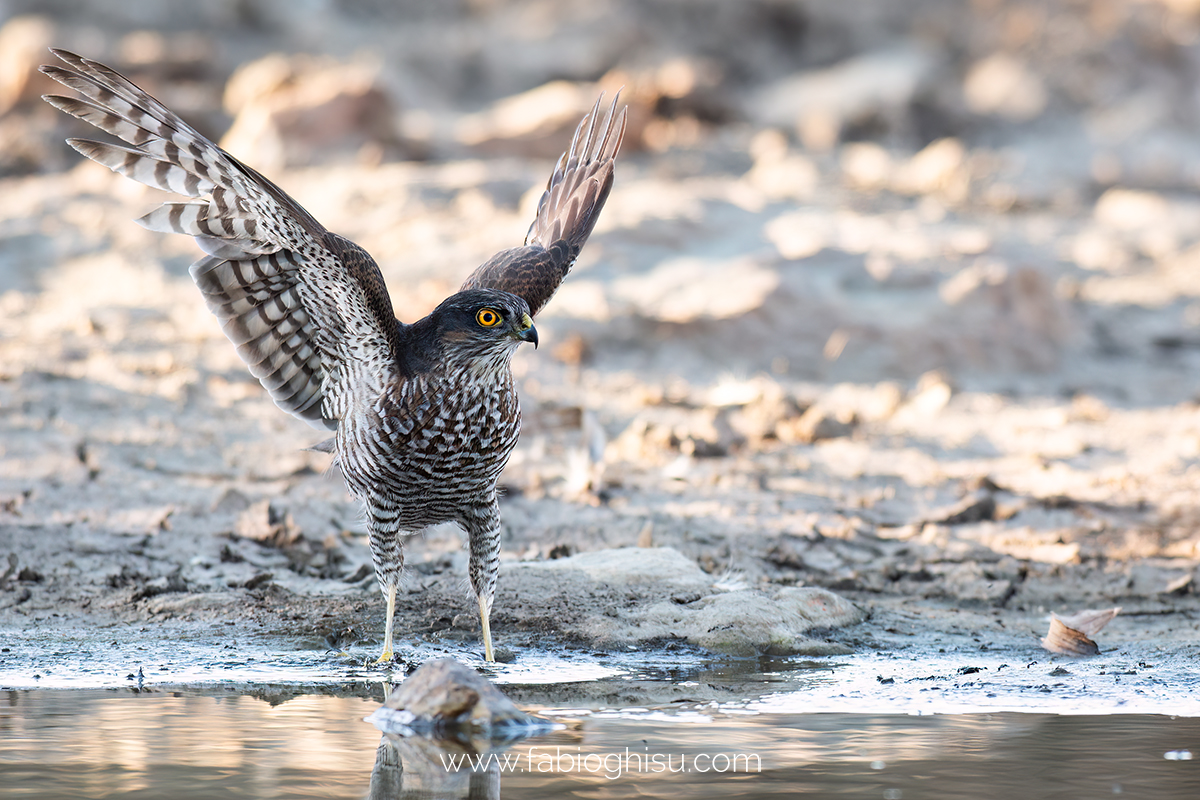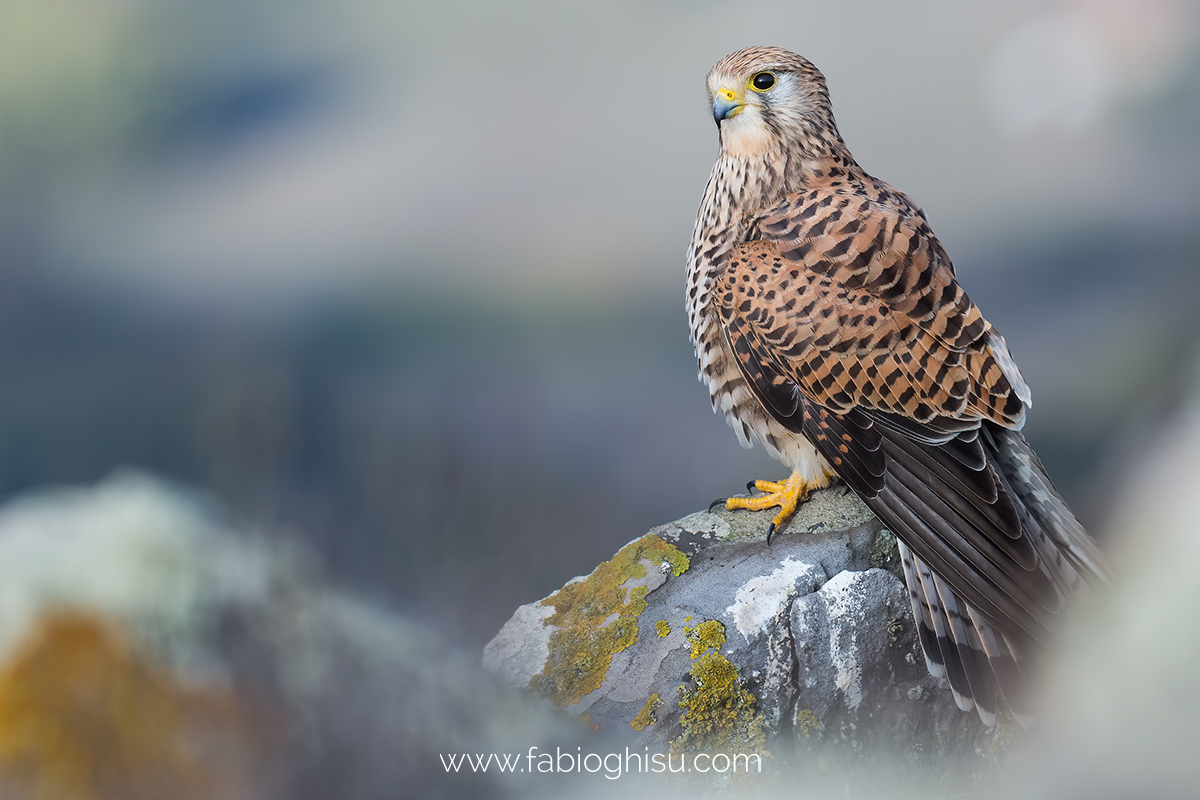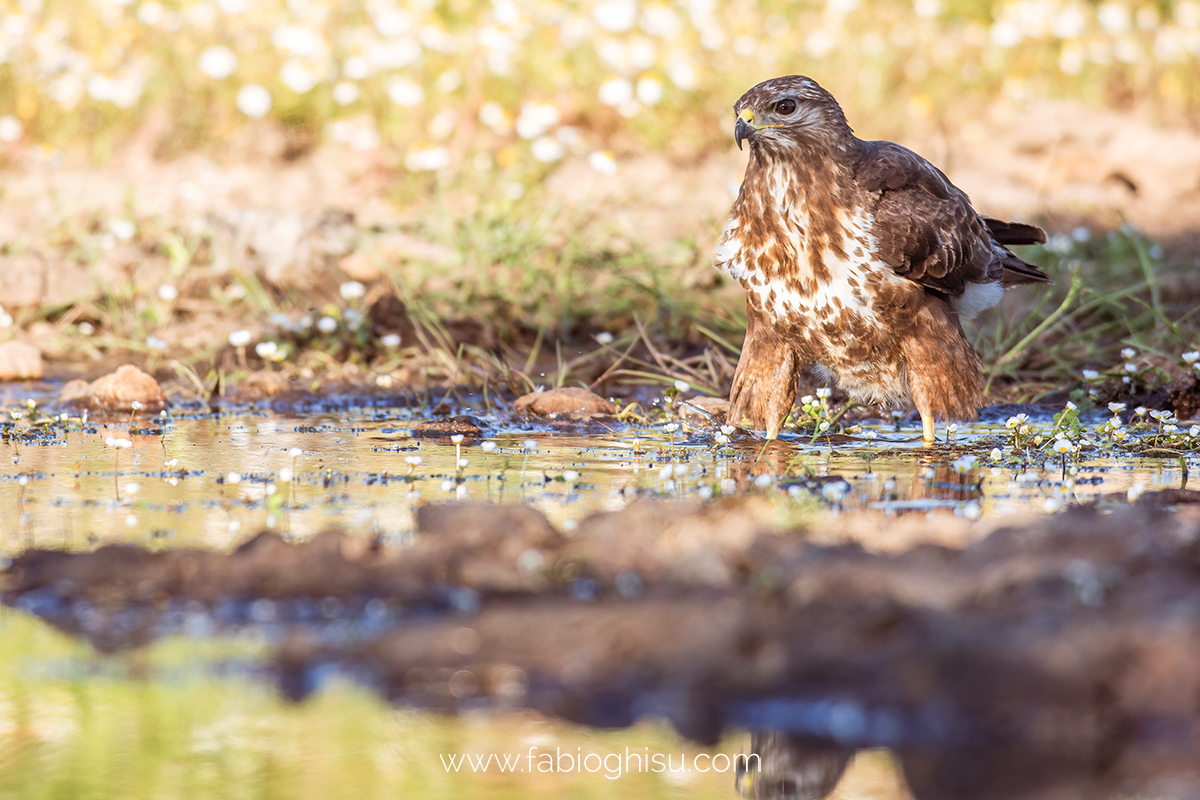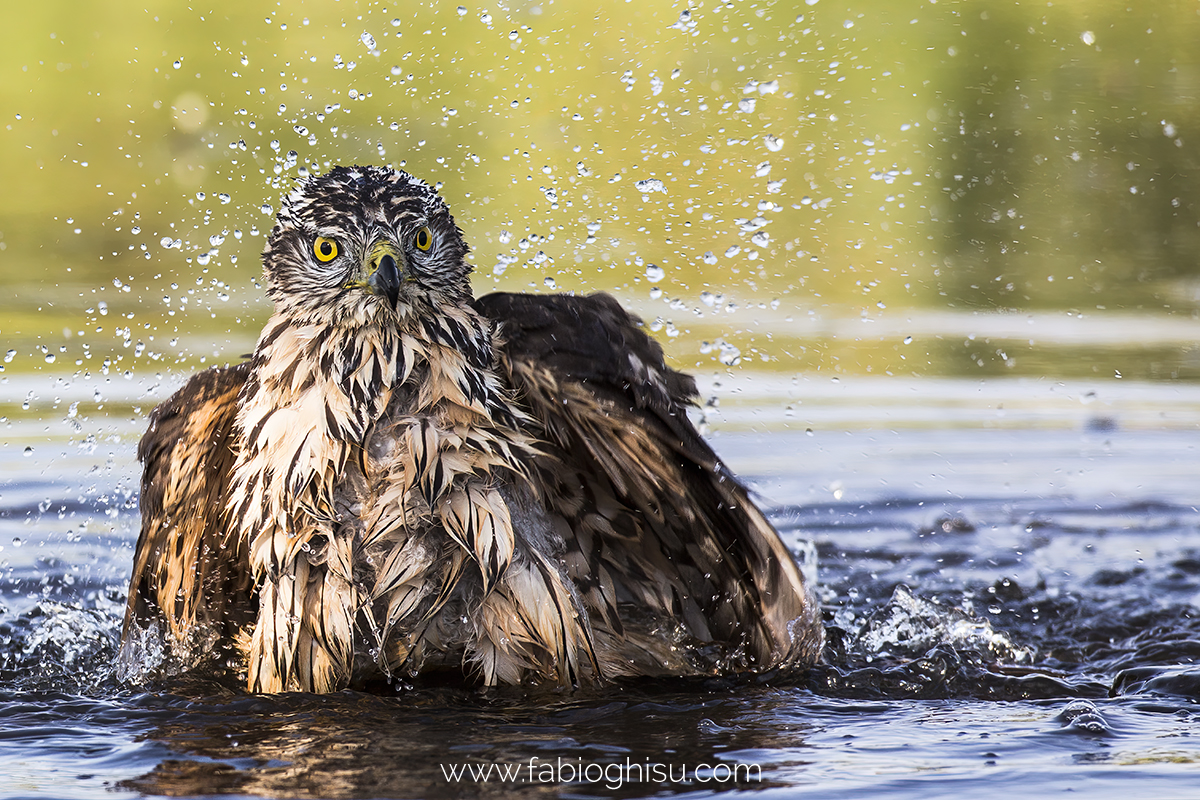
Intensive birdwatching workshops to best photograph the fauna populating Sardinia. Distinct environments for many species at any time of the year. Photo hides for best results. Book an experience that's right for you.
Our targets
Owling - Nocturnal birds of prey
Eurasian scops owl (Otus scops). It is the smallest nocturnal bird of prey living in Sardinia, where it can be found all year round, despite the fact that most of the population that nests in Europe winters in Africa. It is photographed at night from a portable hide.
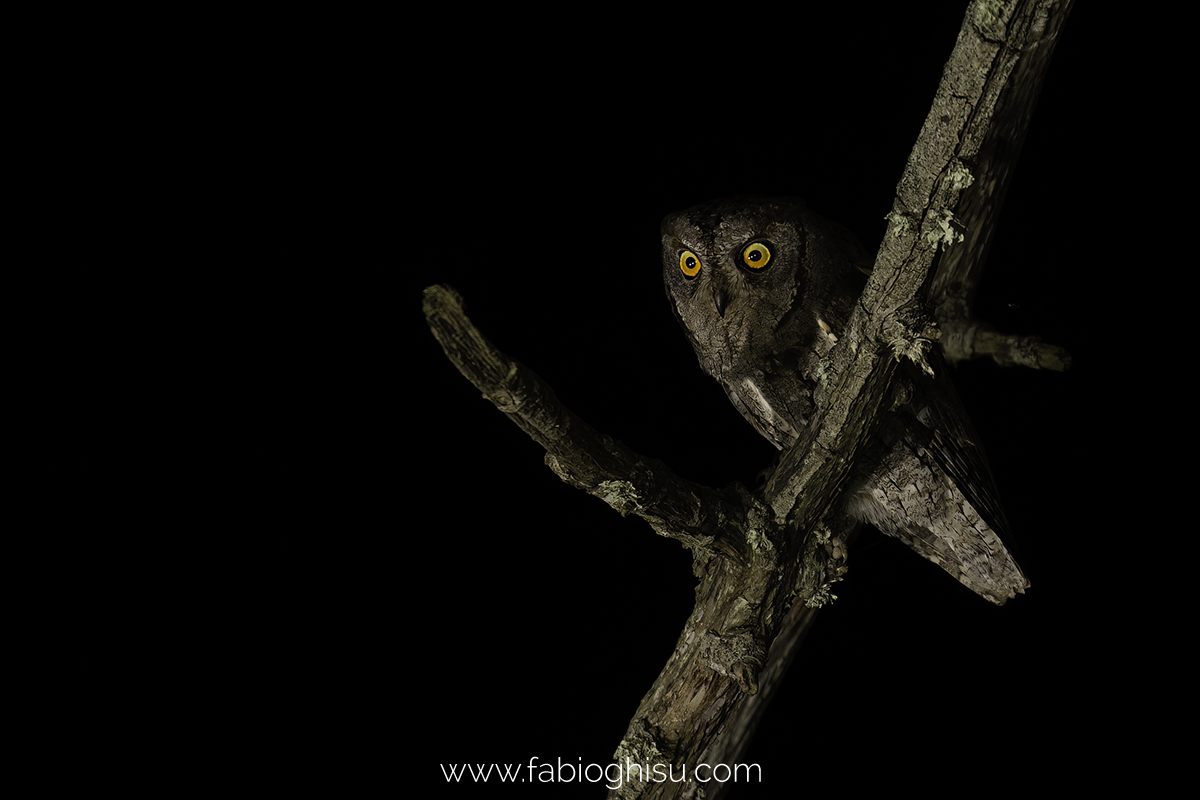
Little owl (Athene noctua). Resident and very widespread. It is photographed during the day from a portable hide or during safaris by car.
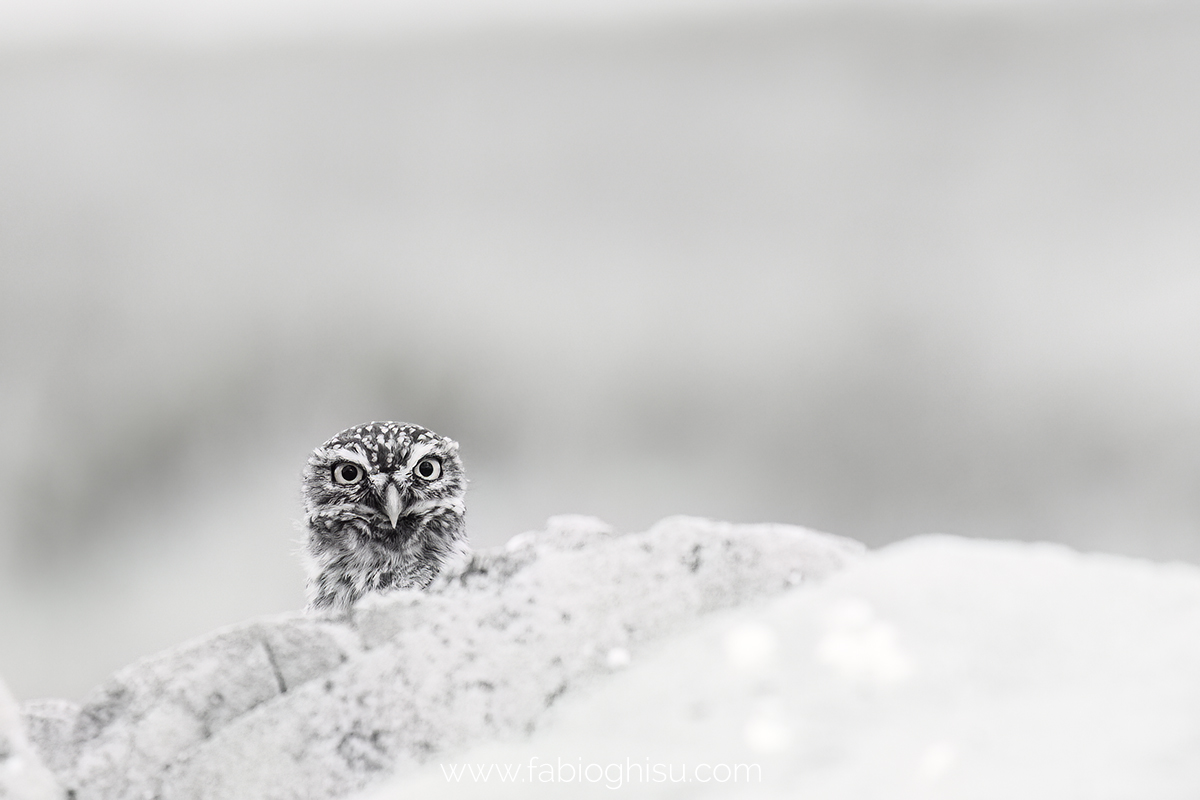
Ernest's barn owl (Tyto alba ernesti). Subspecies endemic to Sardinia and Corsica. Resident. It is photographed at night from a portable hide.
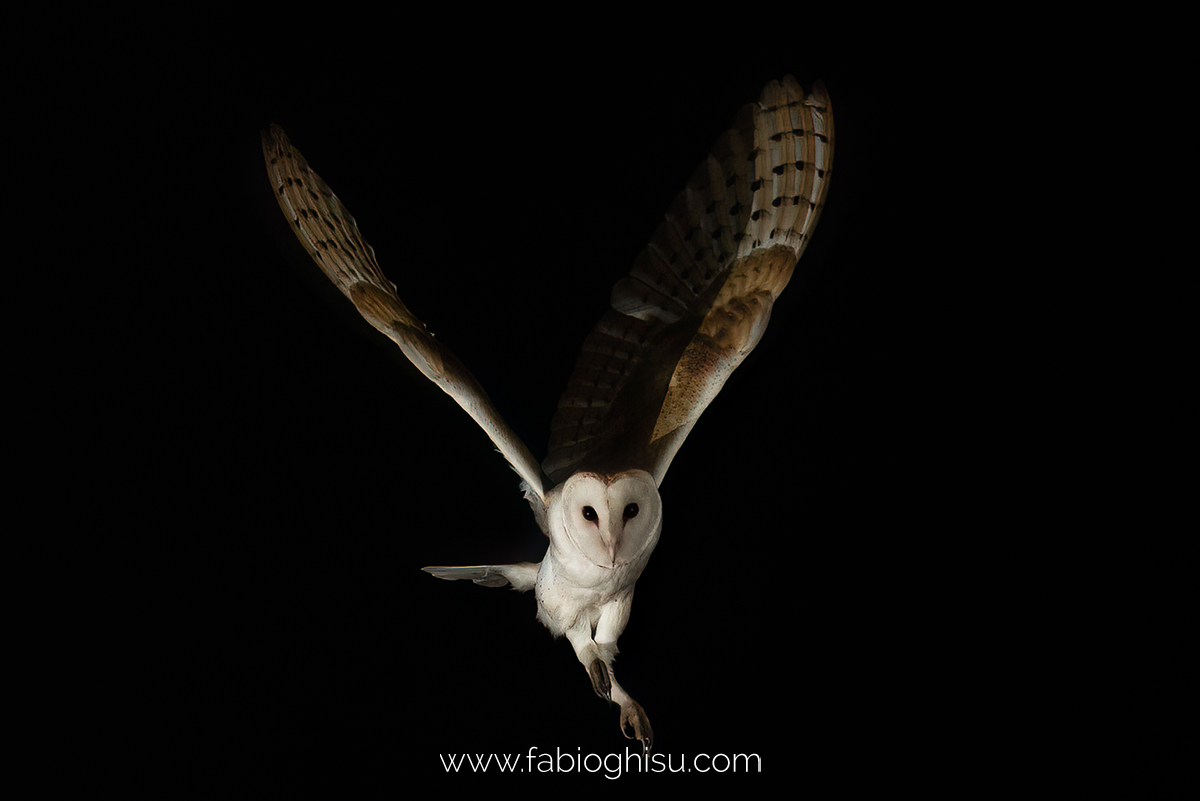
Long-eared owl (Asio otus). Resident and not widespread. It is photographed at night roaming on foot.
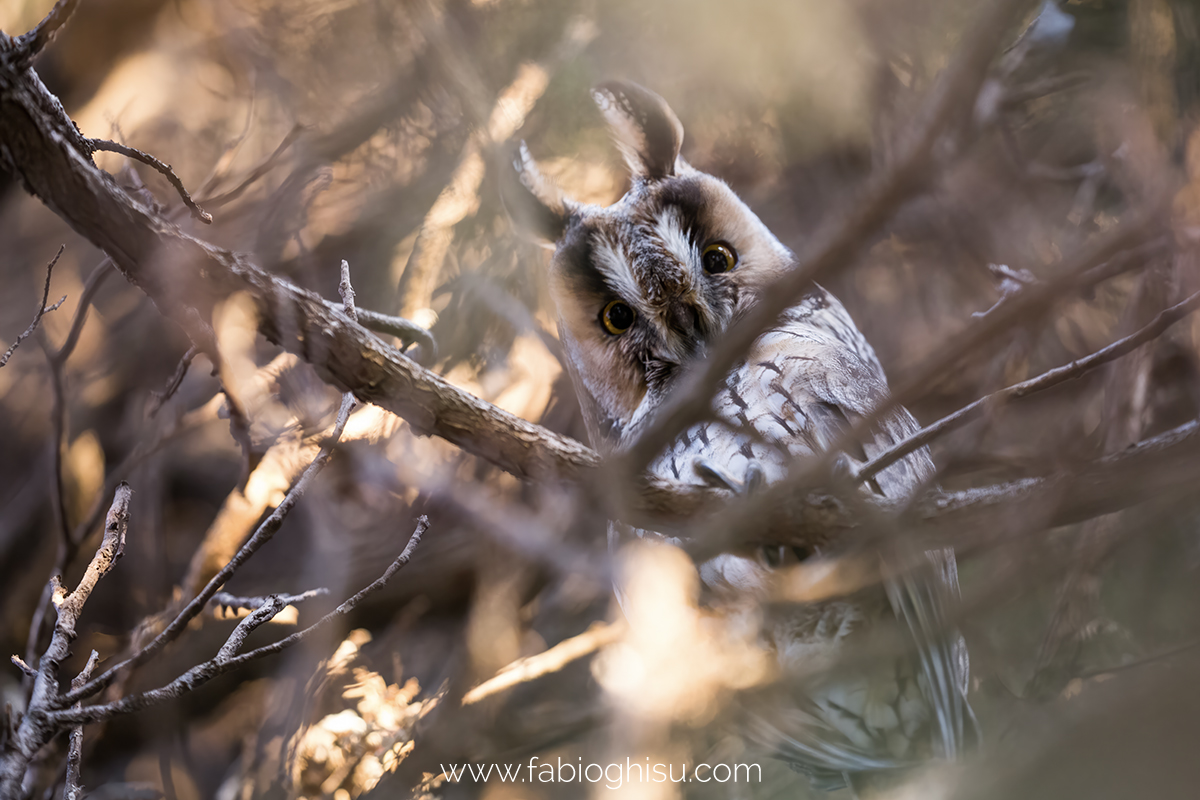
Diurnal birds of prey
Osprey (Pandion haliaetus). Wintering and abundant in the winter. It is photographed during safaris by car.
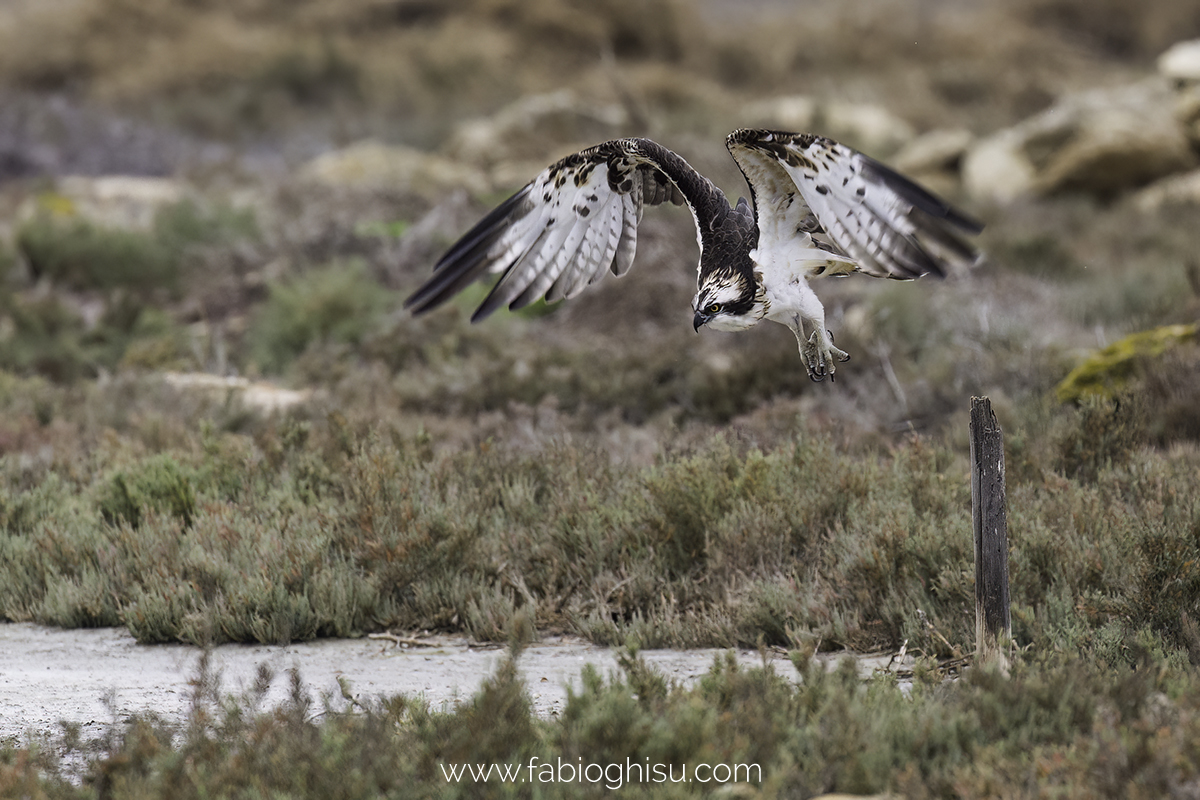
Eleonora's falcon (Falco eleonorae). Nesting and abundant in the summer and early autumn. It is photographed from a permanent hide.
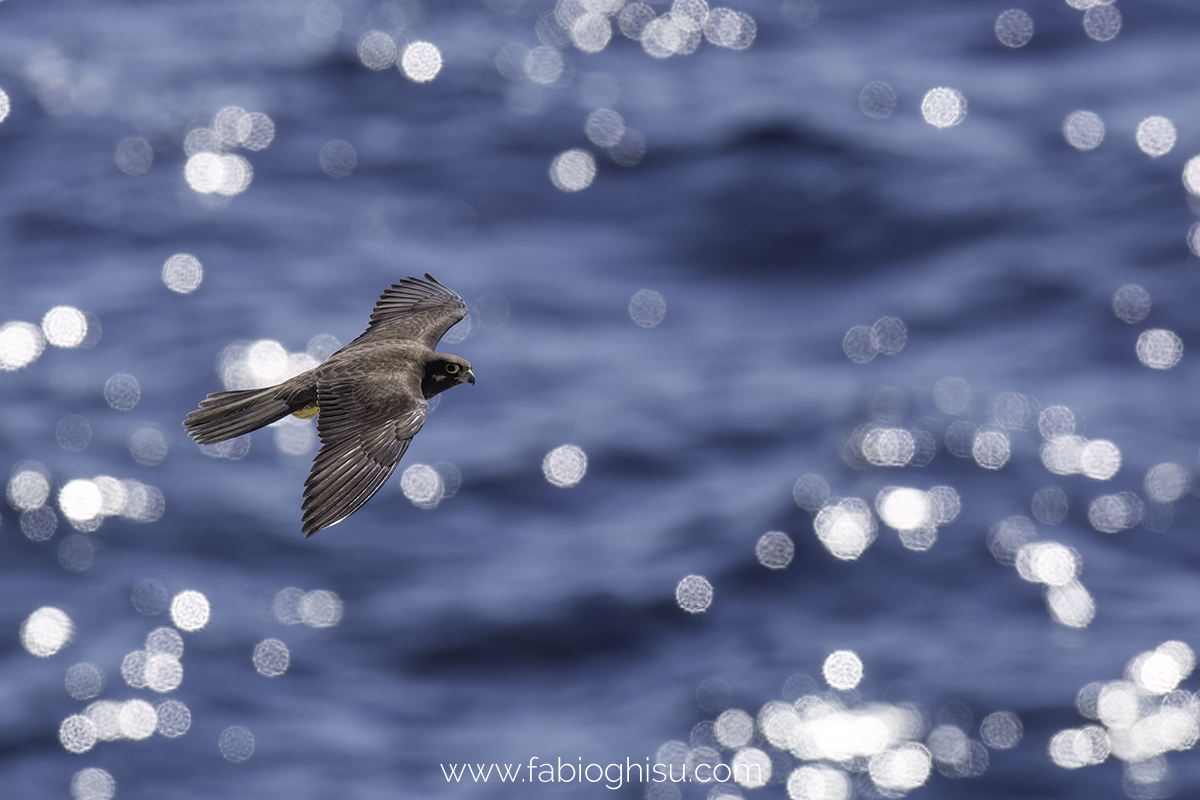
Other birds of prey: Golden eagle (Aquila chrysaetos), Eurasian griffon vulture (Gyps fulvus), Eurasian goshawk (Accipiter gentilis), common buzzard (Buteo buteo), western marsh harrier (Circus aeruginosus), Eurasian sparrowhawk (Accipiter nisus), common kestrel (Falco tinnunculus), hen harrier (Circus cyaneus), peregrine falcon (Falco peregrinus), red kite (Milvus milvus) frequent the areas around our permanent hides, all year round or at specific times depending on the species.
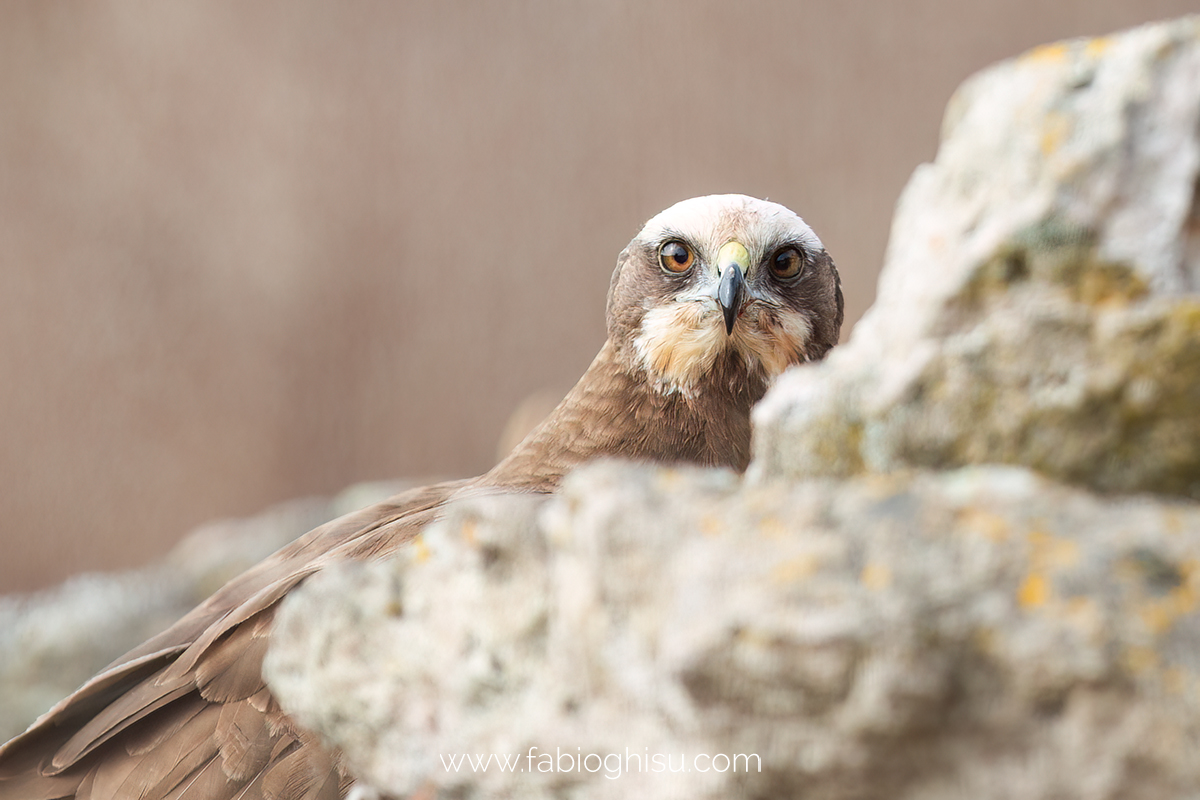
Water birds
Greater flamingo (Phoenicopterus roseus). Resident and abundant in wetlands. It is photographed from a permanent hide or during safaris by car.
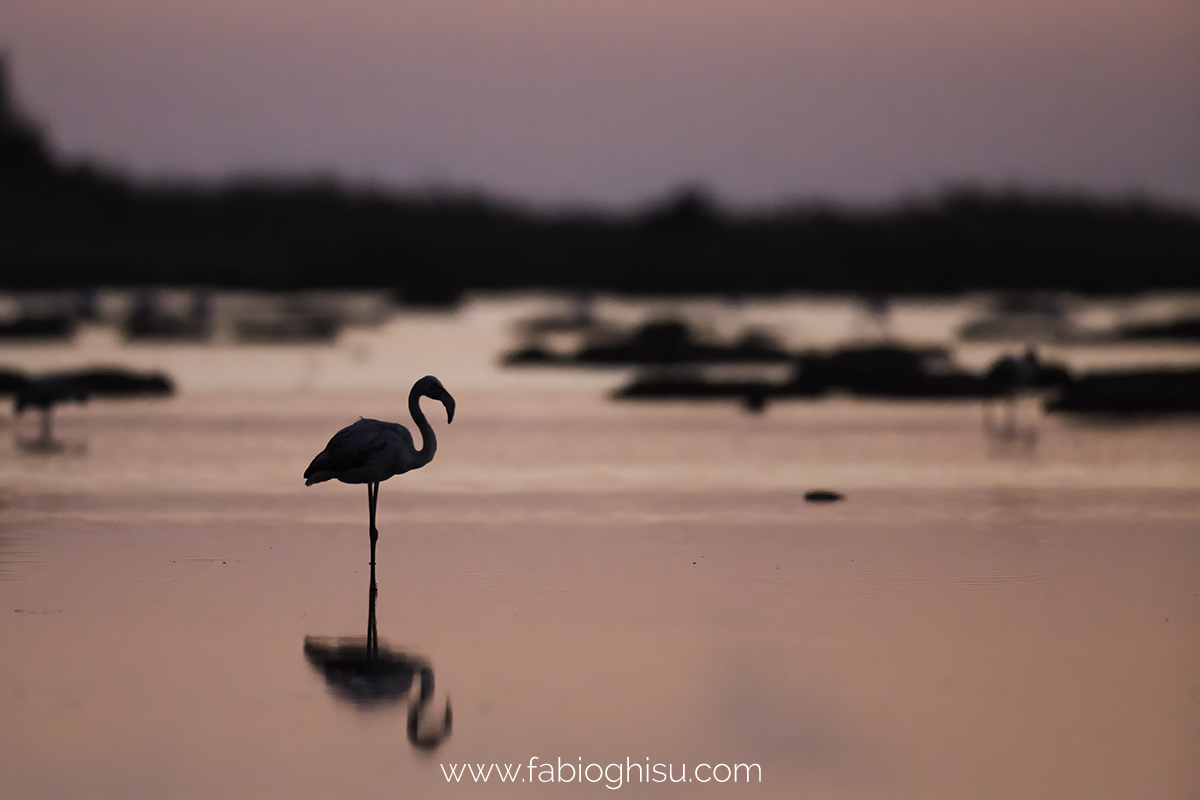
Common kingfisher (Alcedo atthis). Found all year round, but more abundant in the summer. It is photographed from a permanent hide or during canoe safaris.
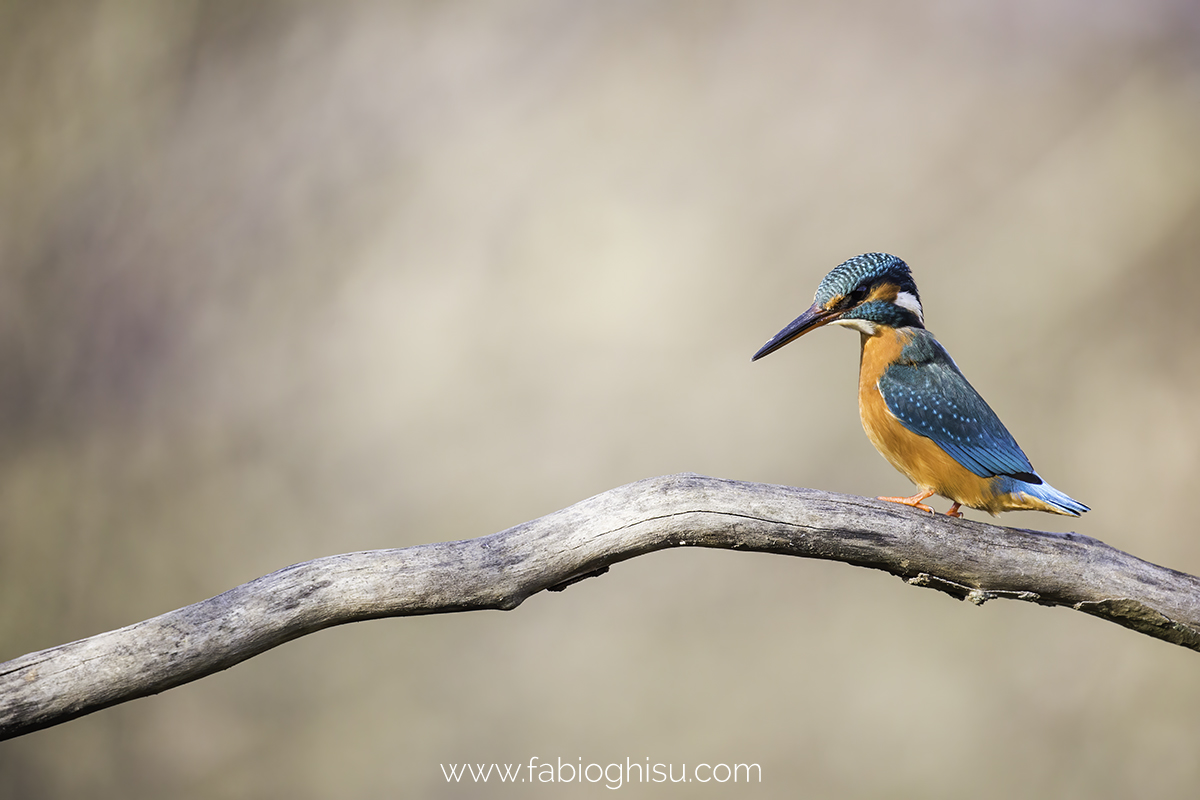
Western swamphen (Porphyrio porphyrio). Resident and not widespread, found in some wetlands. It is photographed from a permanent hide or during canoe safaris.
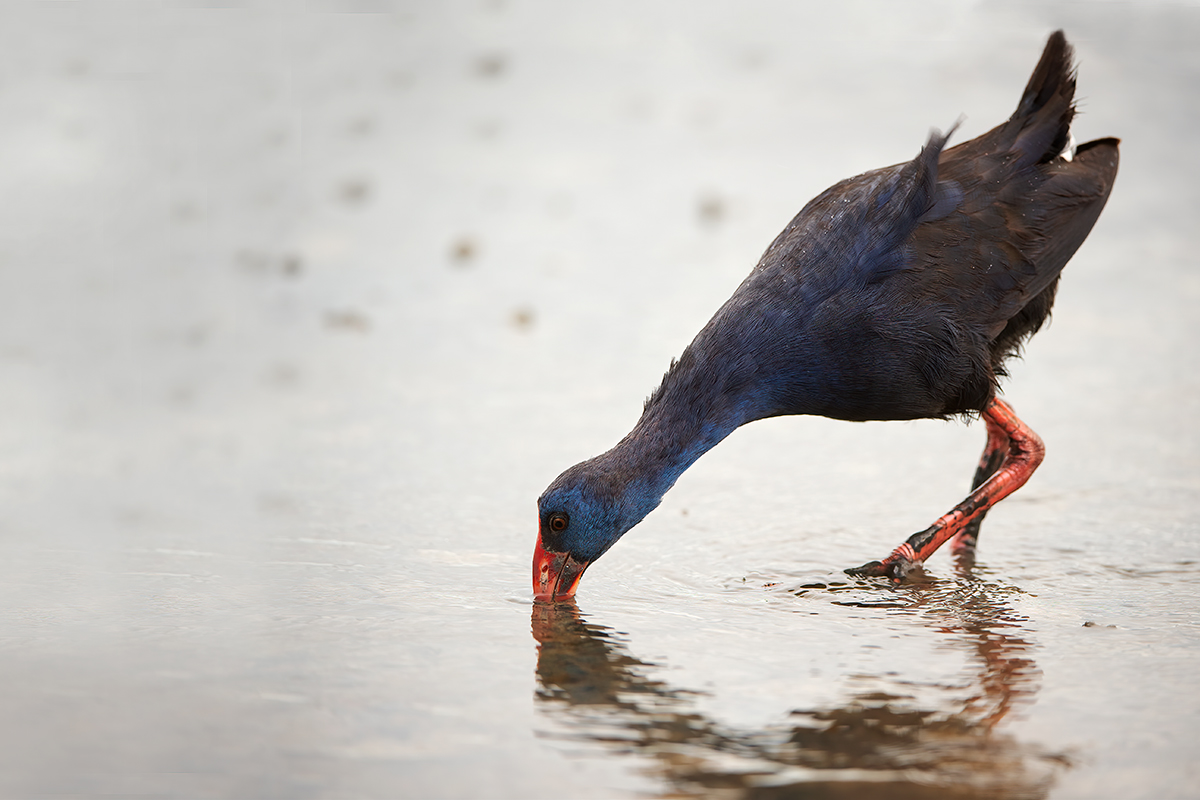 photo by Antonio Marchitelli
photo by Antonio Marchitelli
Other water birds: purple heron (Ardea purpurea), grey heron (Ardea cinerea), great egret (Ardea alba), western cattle egret (Bubulcus ibis), squacco heron (Ardeola ralloides), black-crowned night heron (Nycticorax nycticorax), little egret (Egretta garzetta), black-winged stilt (Himantopus himantopus), pied avocet (Recurvirostra avosetta), Eurasian spoonbill (Platalea leucorodia), common shelduck (Tadorna tadorna), great crested grebe (Podiceps cristatus), black-necked grebe (Podiceps nigricollis), little grebe (Tachybaptus ruficollis), Audouin's gull (Ichthyaetus audouinii), slender-billed gull (Chroicocephalus genei), Kentish plover (Charadrius alexandrinus), little stint (Calidris minuta), ruff (Calidris pugnax), Eurasian curlew (Numenius arquata), little ringed plover (Charadrius dubius), common ringed plover (Charadrius hiaticula), common snipe (Gallinago gallinago), northern lapwing (Vanellus vanellus), water rail (Rallus aquaticus) and many others usually frequent the areas around our permanent hides, or can be spotted during our safaris by car or canoe, all year round or at specific times depending on the species.
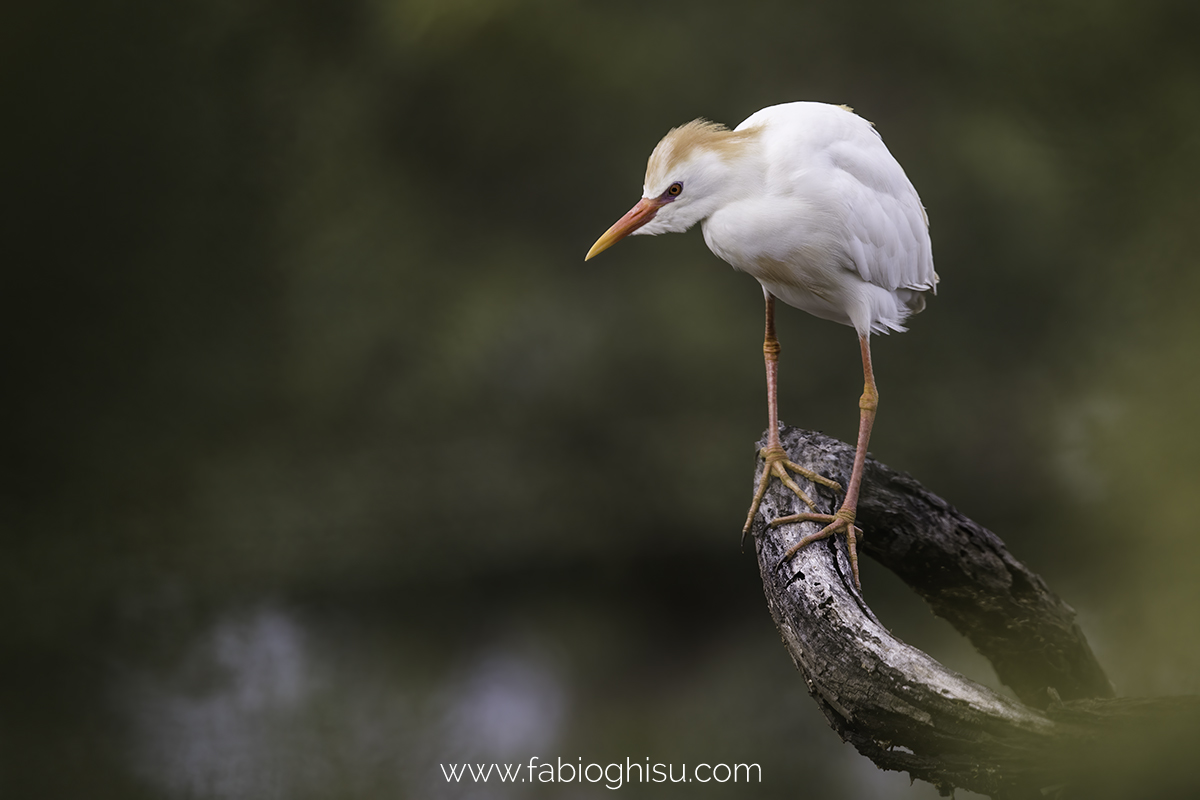
Passeriformes
Common firecrest (Regulus ignicapilla), common nightingale (Luscinia megarhynchos), Cetti's warbler (Cettia cetti), African stonechat (Saxicola torquatus), corn bunting (Emberiza calandra), cirl bunting (Emberiza cirlus), barn swallow (Hirundo rustica), western house martin (Delichon urbicum), Eurasian crag martin (Ptyonoprogne rupestris) and many other birds frequent the areas around our permanent hides, or can be spotted during our safaris by car or canoe, all year round or at specific times depending on the species.
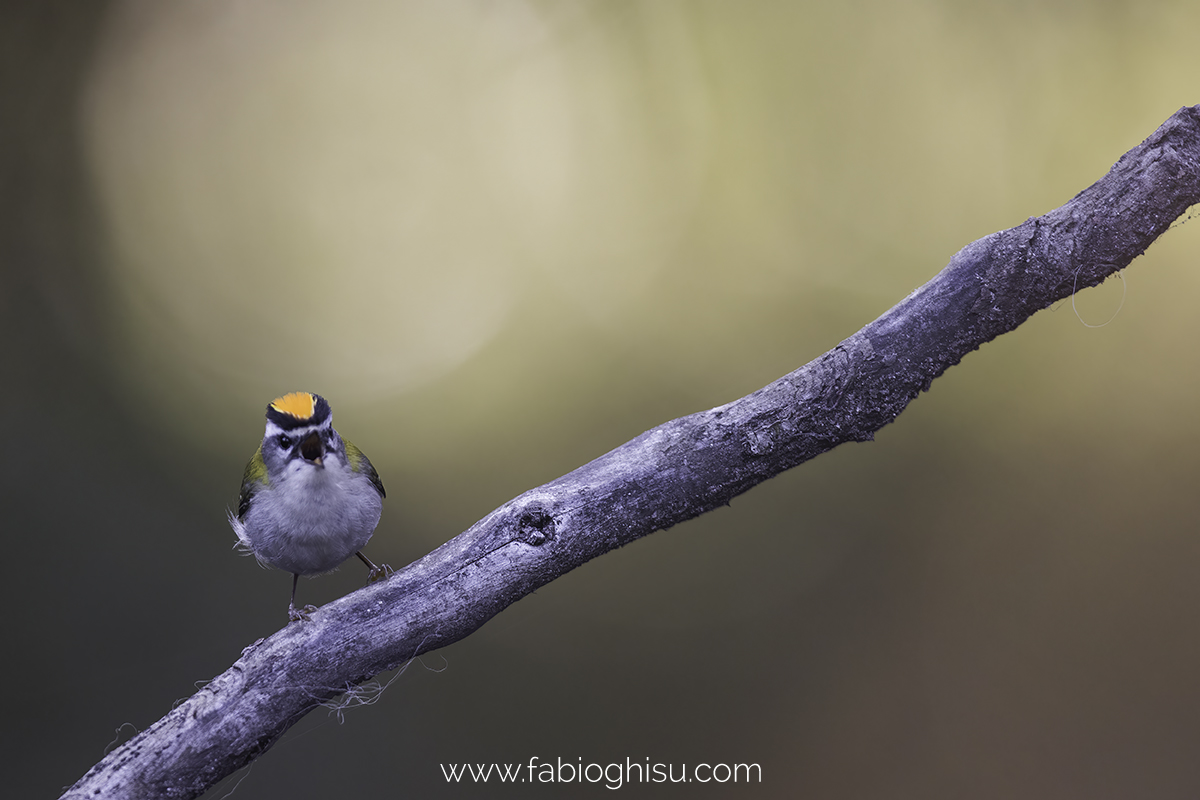
Other birds
Little bustard (Tetrax tetrax). Found all year round, but easier to spot in late spring during wedding dances. It is photographed from a permanent hide or during safaris by car.
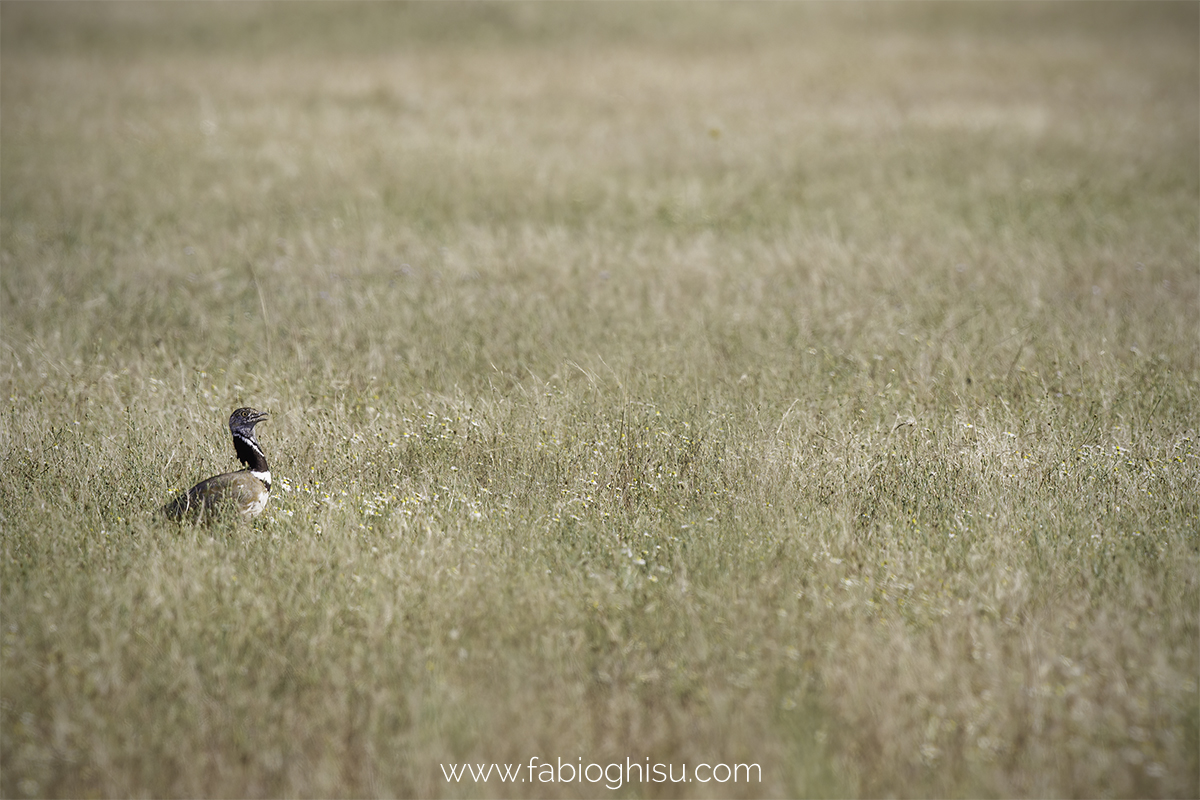
European bee-eater (Merops apiaster). Found during breeding season where it returns from sub-Saharan Africa to nest. Abundant in different environments. It is photographed from a permanent hide or during safaris by car.
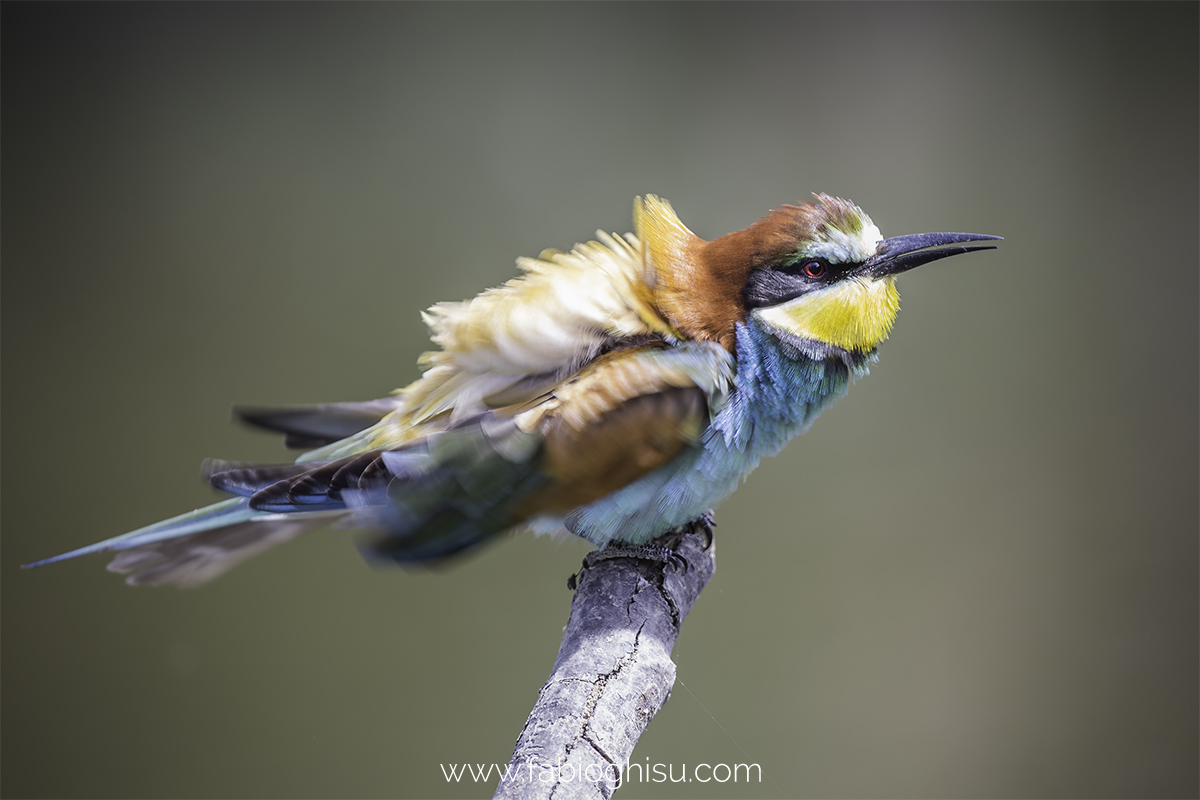
Eurasian hoopoe (Upupa epops) Once only found during breeding season, where it is spotted more easily and in abundance, it can now be found all year round, as it is resident or chooses Sardinia as a wintering station. It is photographed from a permanent hide or during safaris by car.
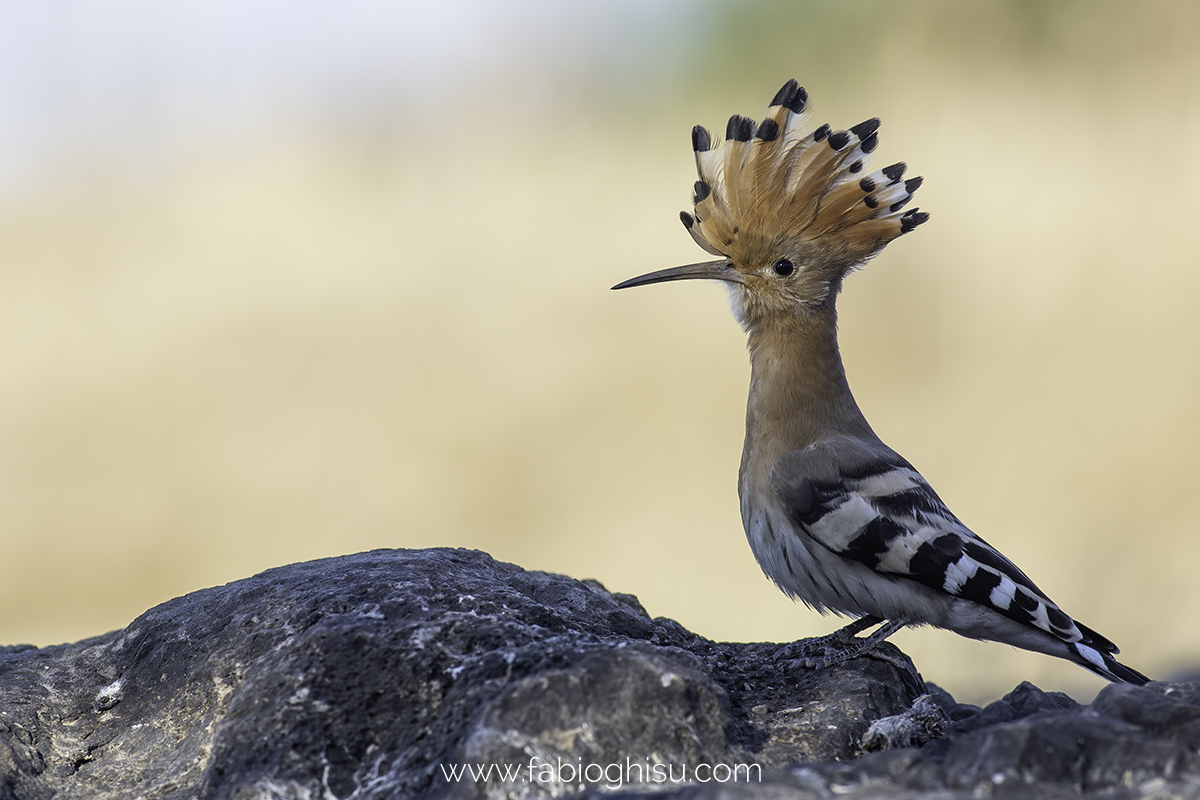
Barbary partridge (Alectoris barbara). Found all year round in different environments. It is photographed from a permanent hide.
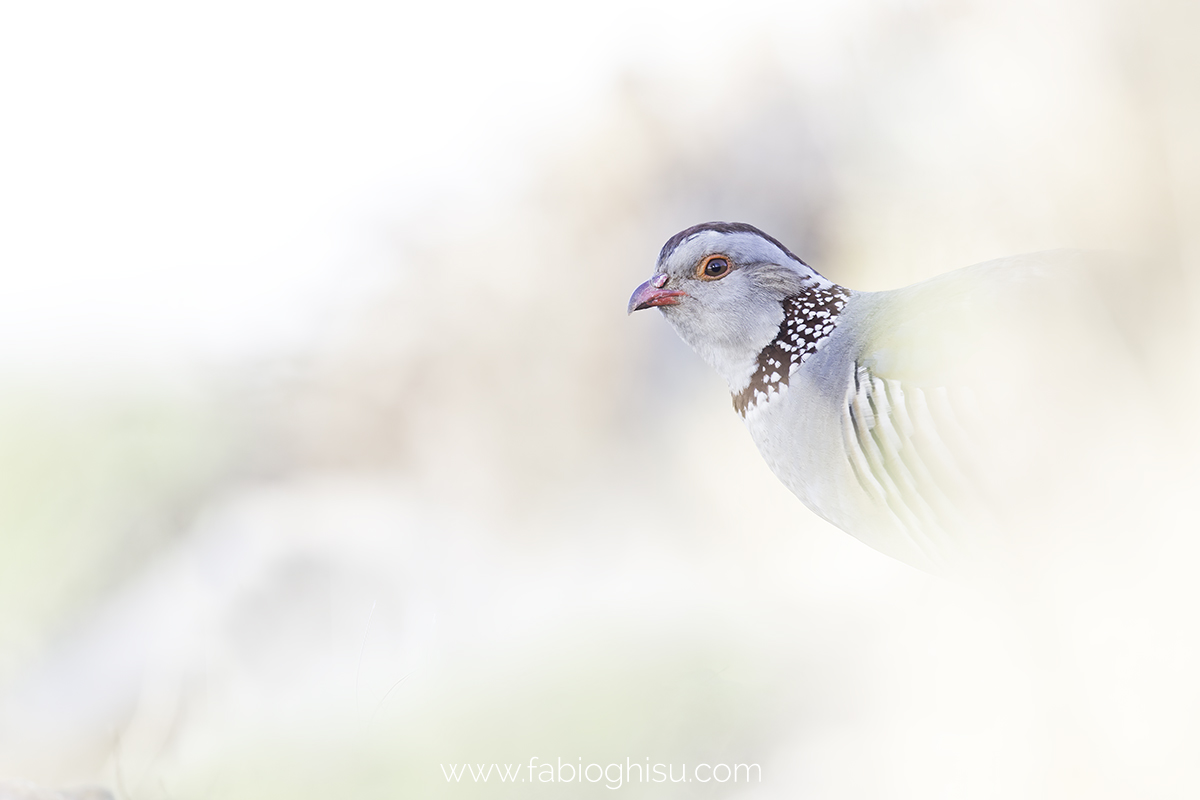
Great spotted woodpecker (Dendrocopos major), Eurasian jay (Garrulus glandarius), common cuckoo (Cuculus canorus), European turtle dove (Streptopelia turtur), and many other birds frequent the areas around our permanent hides, or can be spotted during our safaris by car or canoe, all year round or at specific times depending on the species.
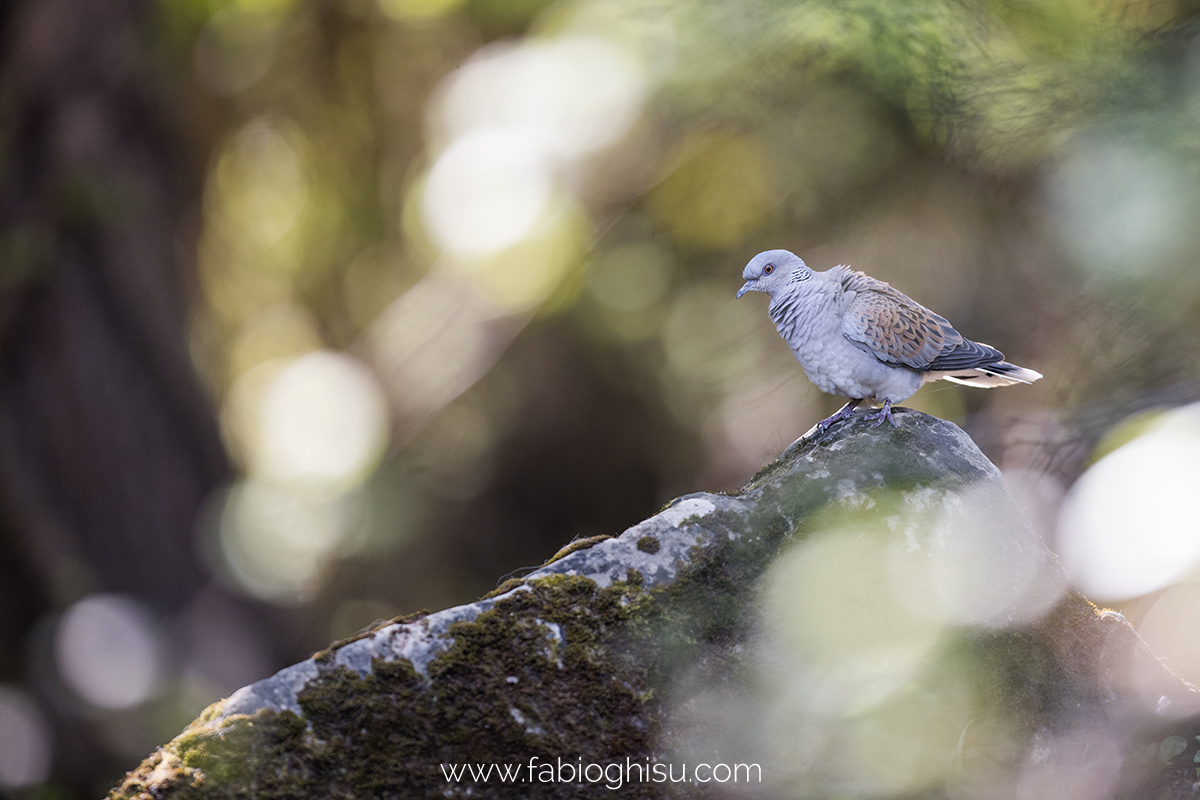
Our environments
Mejlogu forests and pastures
In Northern Sardinia there is a region whose morphological characteristics offer every type of ideal environment for the nesting of birds of prey. The Mejlogu is famous for its volcanic cones, on whose summits lie numerous uninhabited plateaus, which are filled with seasonal ponds, thus offering refreshment to animals and where it is not uncommon to observe the majestic golden eagle. All around, suggestive basaltic or limestone cliffs, ideal sites for many bird species. On the slopes, centuries-old woods, a safe shelter for sparrowhawks and Eurasian goshawks, alternate with meadows and pastures, under the absolute rule of western marsh harriers.
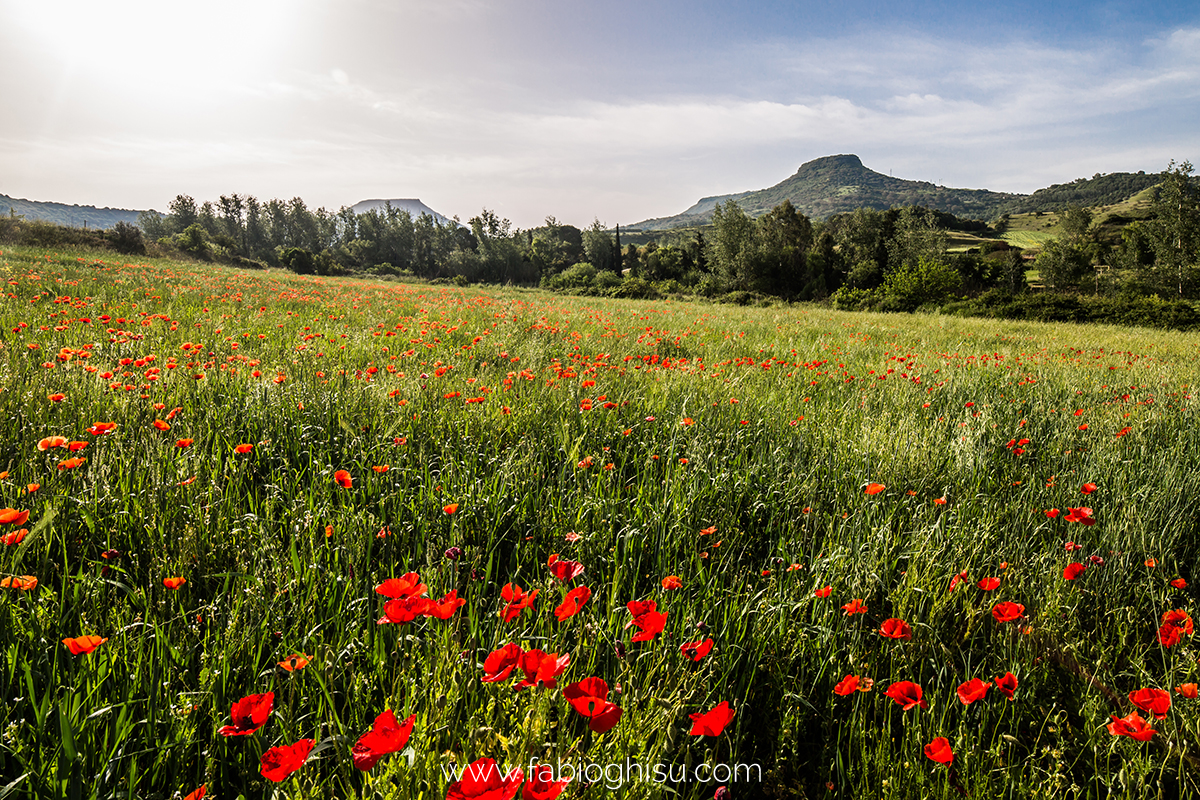
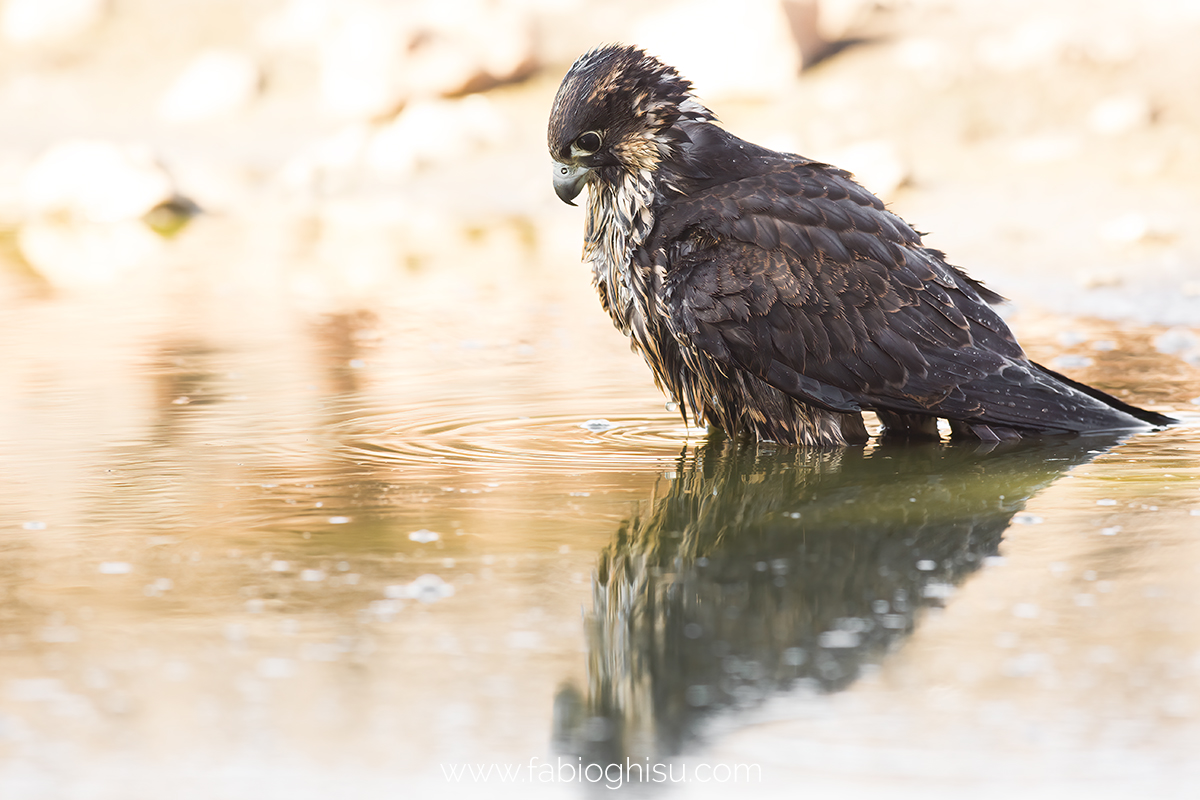
Steppes of Northern Sardinia
The Ozieri plain is a large prairie. It is the kingdom of the little bustard, one of the most evocative species of Sardinian avifauna and one of the most threatened. During late spring, among the tall grass, it is not uncommon to spot it in its courtship rituals: a bizarre wedding dance by the male bird, consisting of jumps, wingbeats and calls. It bends its neck backwards, displaying its magnificent plumage, very vivid during this season, and the characteristic V-shaped coloring. Then, during the winter, the Ozieri plain becomes the undisputed kingdom of dozens of western marsh harriers scouring the area in search of food, cranes, which have decided to winter here all the way from northern Europe, scattered around to seek out food, and herons monitoring every canal and pool of water. Every corner is filled with the songs of corn buntings and African stonechats, numerous here. And if you point the binoculars at the rock formations it is not difficult to spot the little owl.
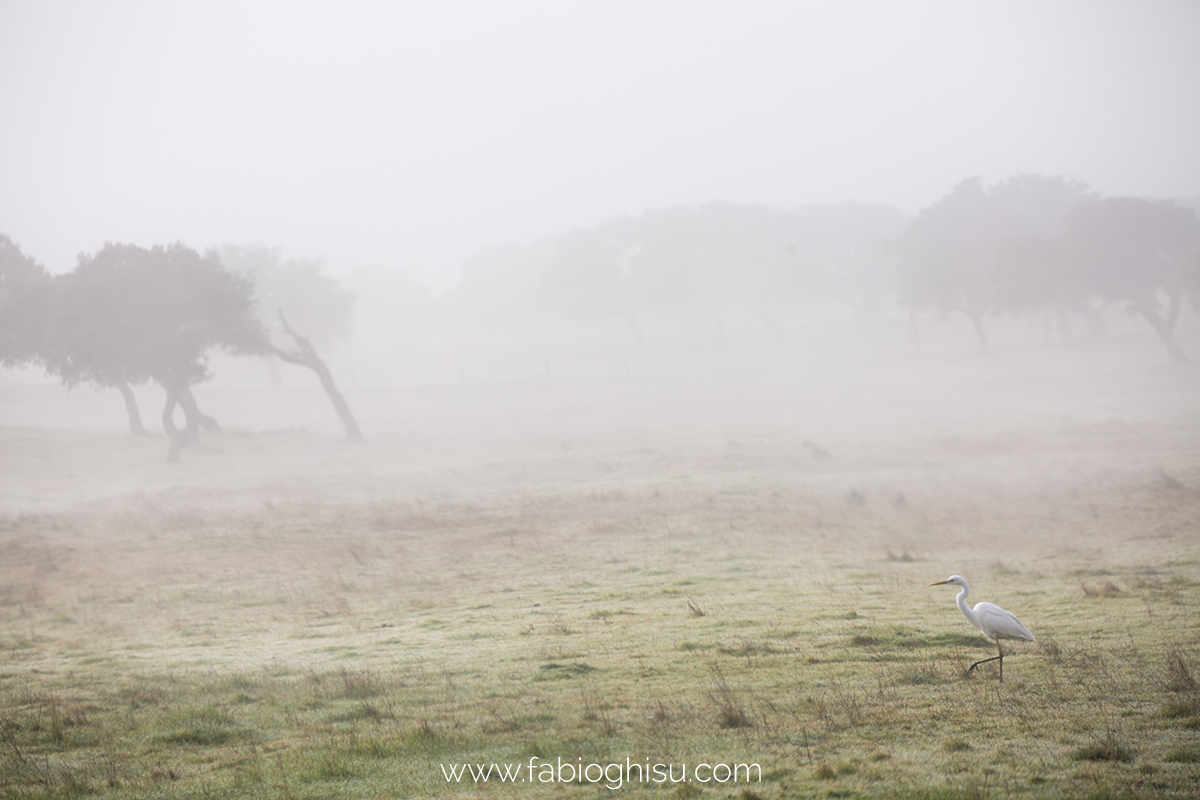
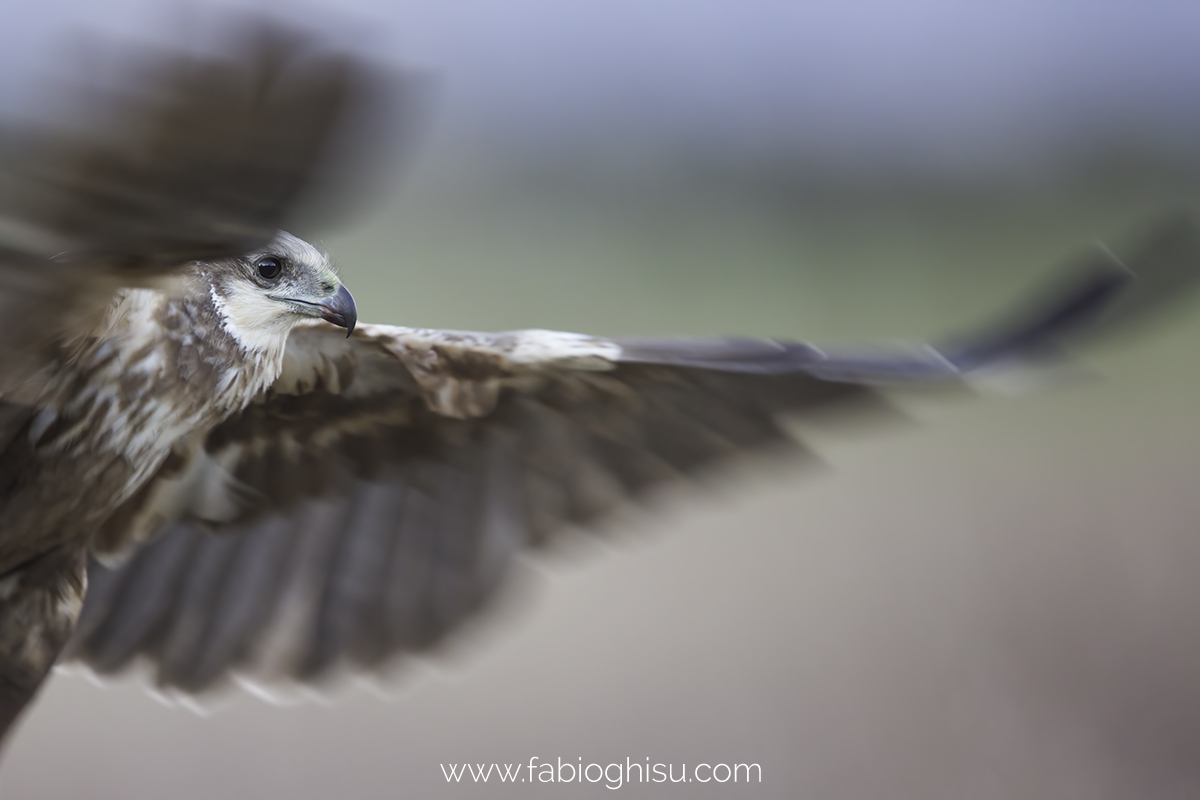
Liscia river
Enjoying the ride on a canoe, camouflaged and equipped for photography, along the waters of the river Liscia, means immersing yourself in the ideal environment. Among the reeds and water lilies that line the banks of this quiet river, you can spot little egrets and herons, kingfishers, Western marsh herriers, colourful European bee-eaters, freshwater turtles and other animals.
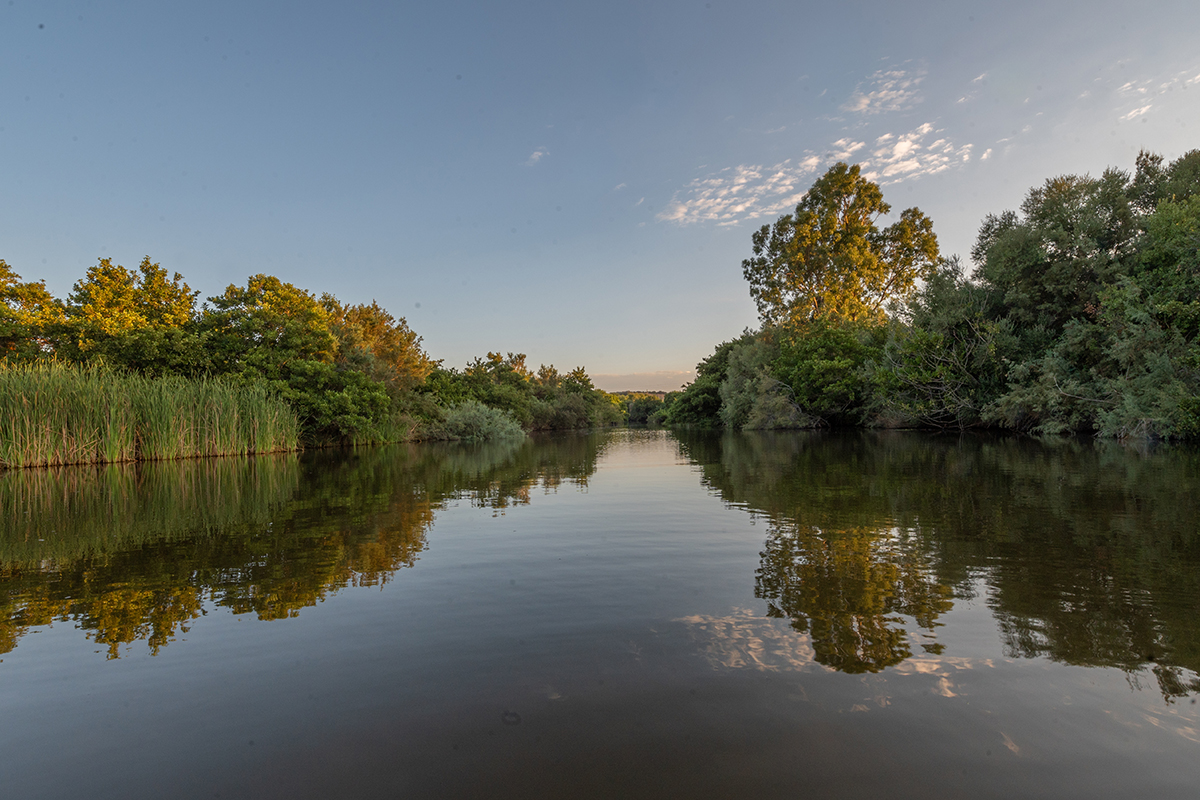
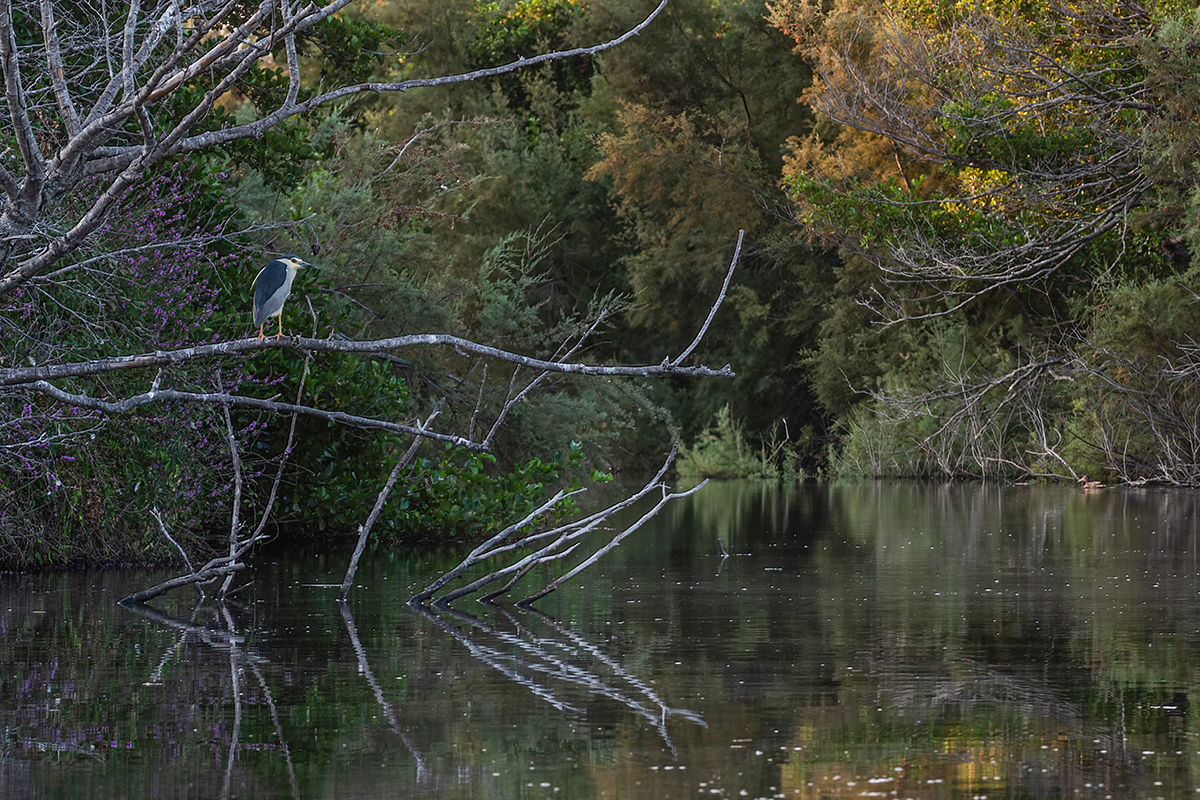
Photo by Lorenzo Rivella
Oristano ponds
The Oristano ponds, located in the west center of Sardinia, are heaven on earth for birdwatchers. A crossroads for resident birds such as flamingos and the western swamphen, passing birds such as the bluethroat and the short-eared owl, summer birds such as the black-winged stilt, and winter birds such as the osprey.
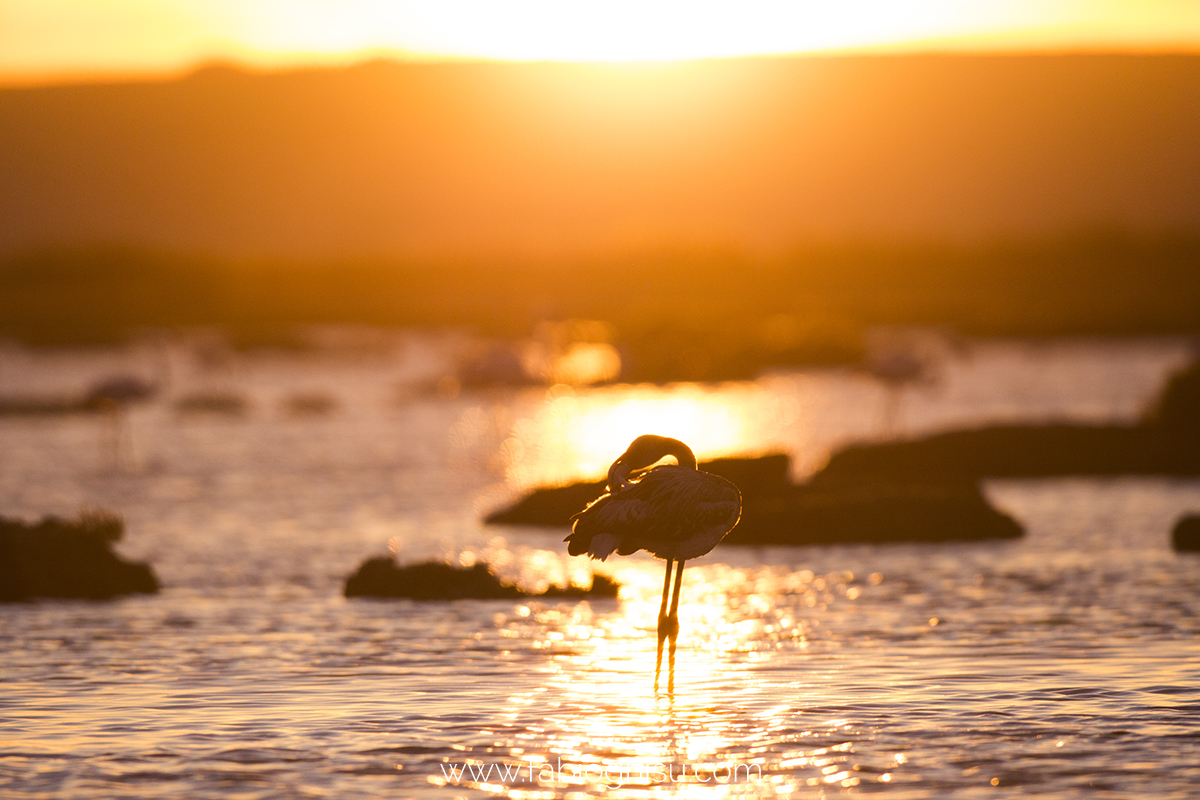
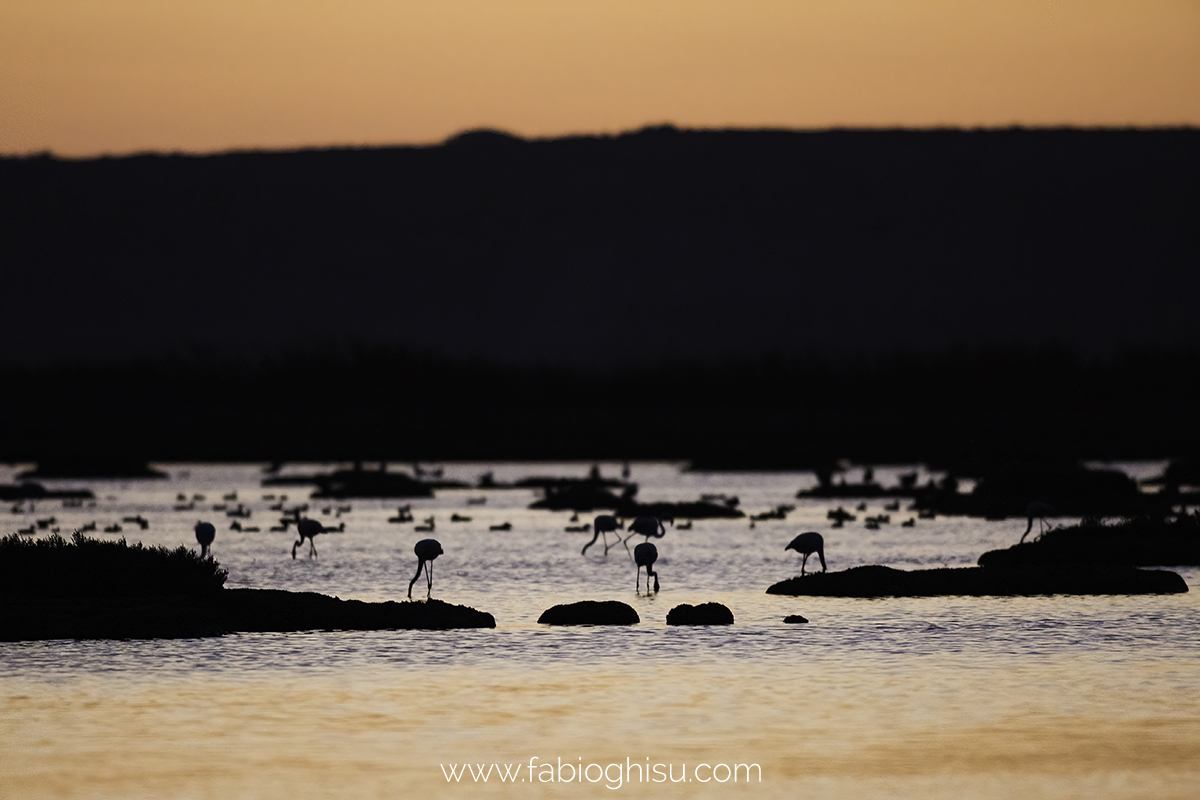
San Pietro Island cliffs
Eleonora's falcon return from Madagascar to nest in the beautiful volcanic cliffs of San Pietro Island (Carloforte) from late spring to autumn. Insectivores during the rest of the year, they switch their diet during breeding season, specializing in hunting down other birds migrating from Europe to Africa. Once the migratory season is over, they are in fact the last to leave, only to return the following year.
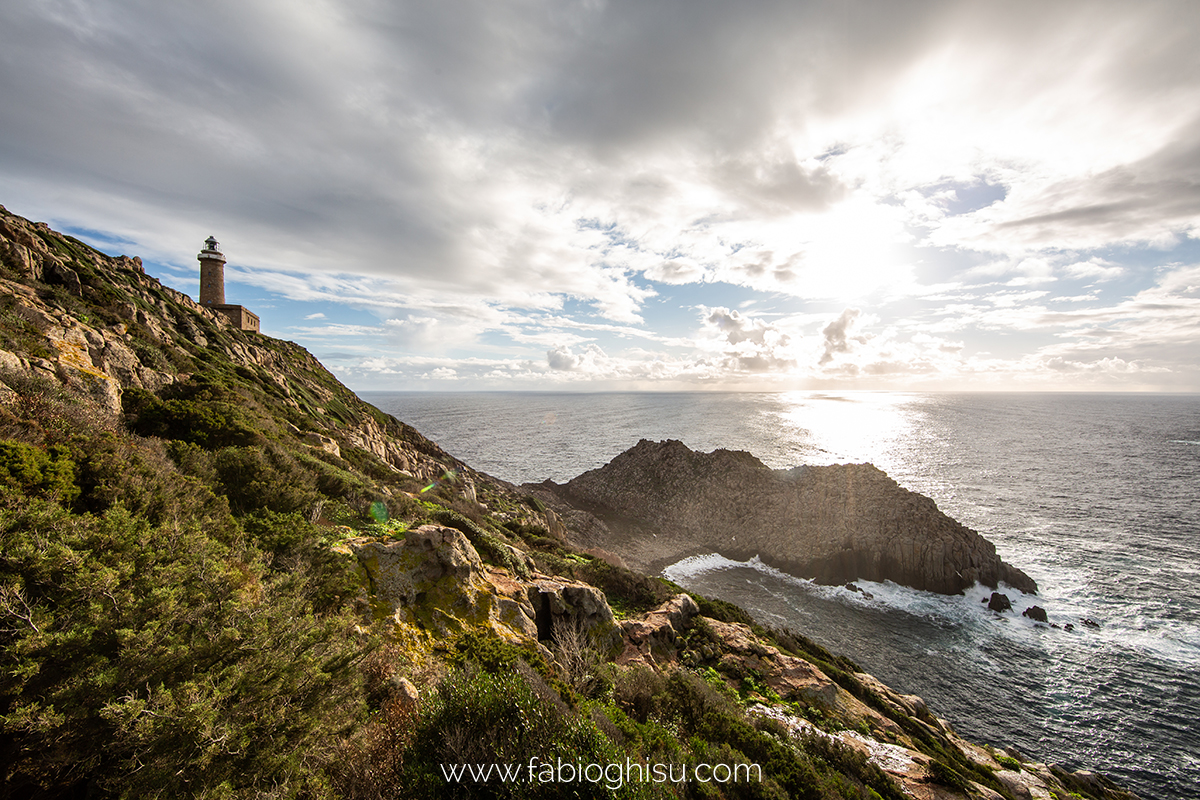
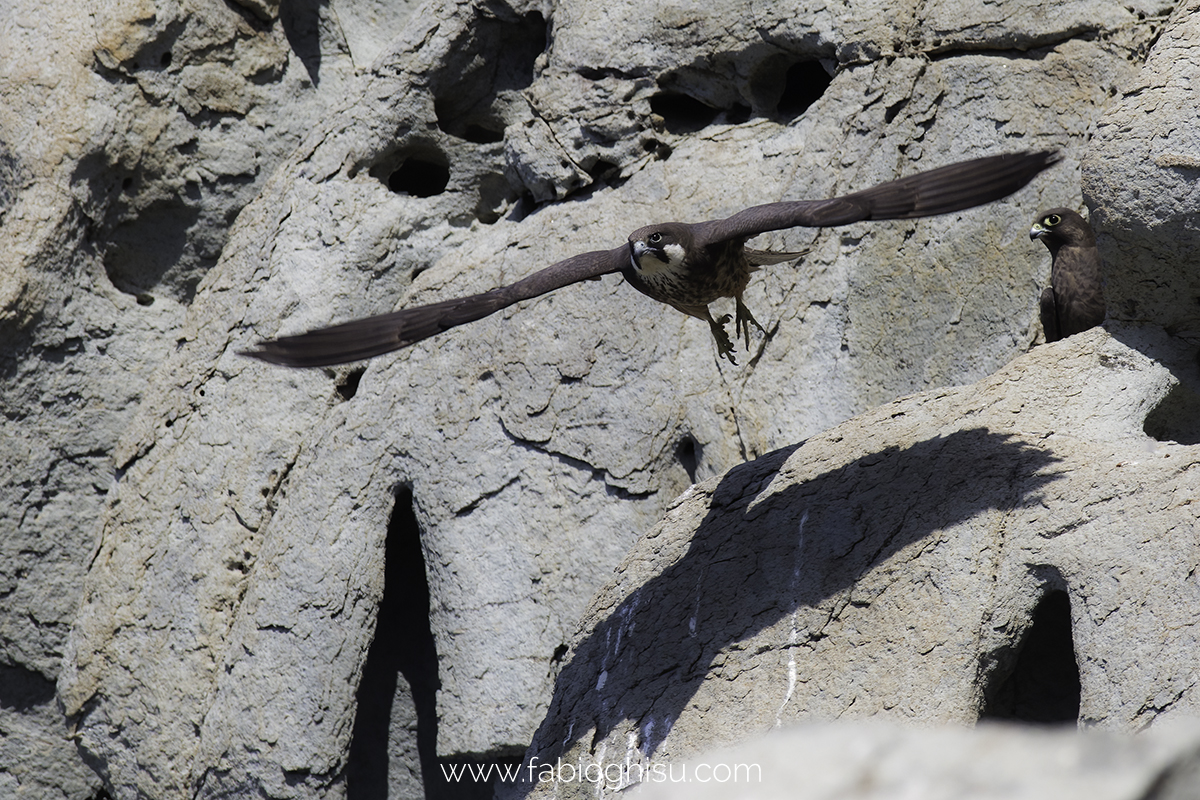
Our methods
Permanent hides
Photo hides located in strategic locations for both animal sightings and noteworthy photographs. They are strategically positioned to take advantage of the best lighting conditions. Maximum number of people per hide: 3.
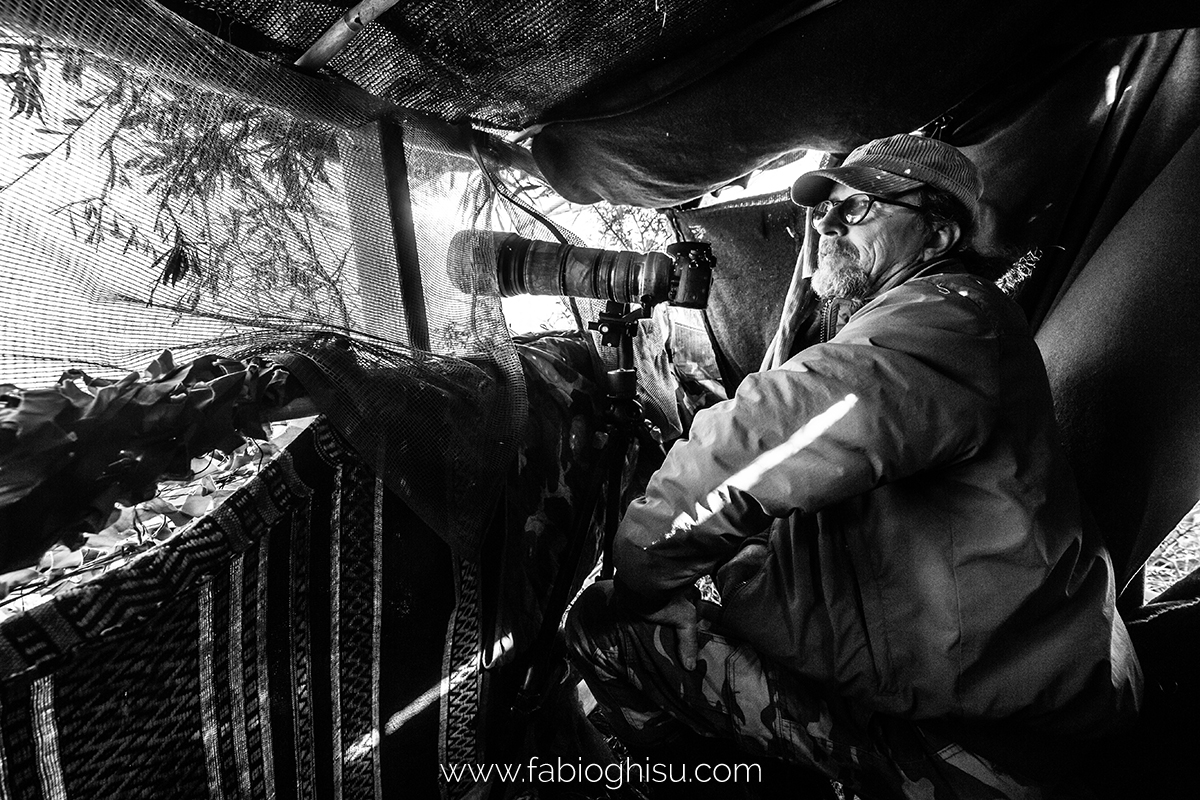
Portable hides
Portable hides, to be assembled during each session, ideal for sighting nocturnal birds of prey. Maximum number of people per hide: 3.
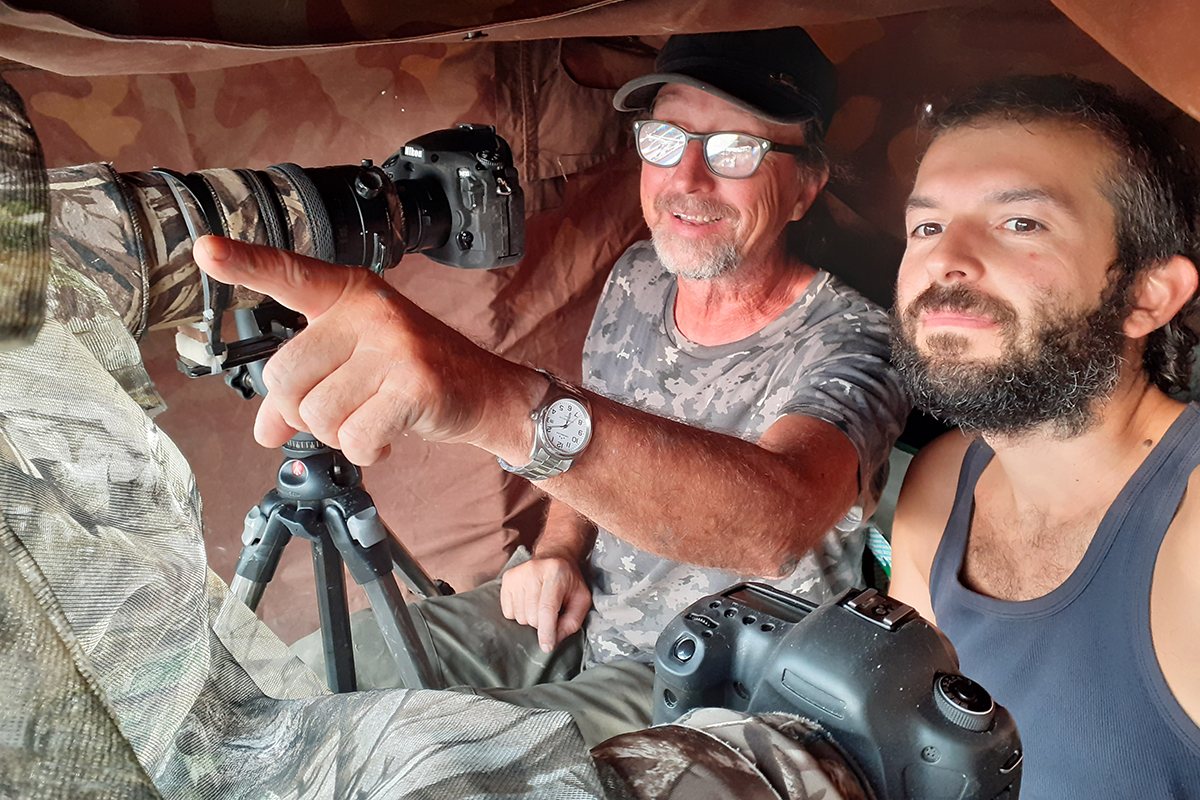
Safari by car
Roads where you can make interesting encounters from a car are numerous in Sardinia. You will be transported in comfortable and spacious minibuses, along farm roads, with the opportunity to approach several animals that would be impossible to spot on foot. This method is ideal in many environments such as prairies, some ponds, and natural habitats where building hides is not allowed. Maximum number of people per session: 3.
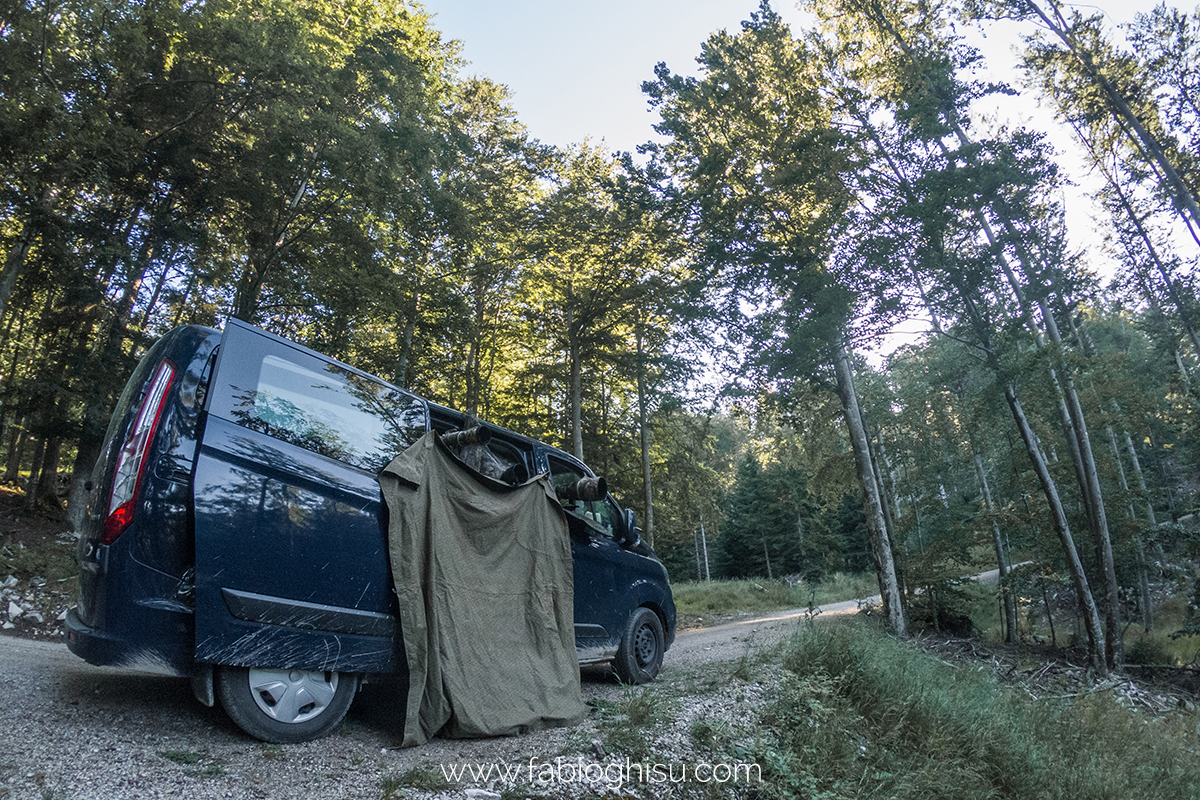
Canoe safari
Sliding on the river just above the water, gently transported in camouflage canoes that are equipped for photography, is the ideal condition to spot animals living in humid environments. Maximum number of people per session: 1.
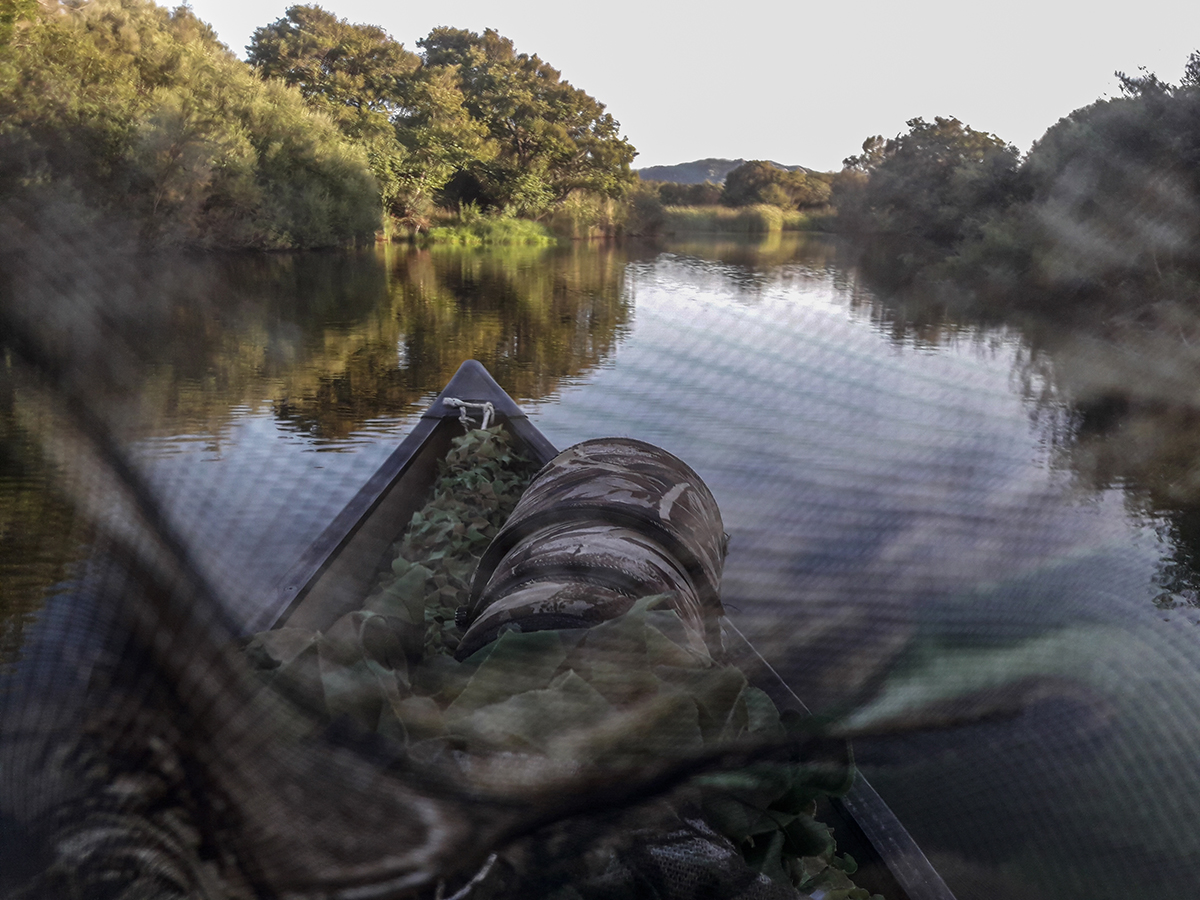
Roaming on foot
The roaming search on foot offers new and original opportunities. The landscape presents interesting perspectives and the encounter with animals, however harder to achieve, allows you to capture moments of rare beauty. It is "immersive" photography, which allows you to obtain remarkable shots, with wide horizons, rich in detail, plays of light and colors. Solitary environments, where particularly confident species let us get close enough for a handful of shots, without causing them any annoyance. Maximum number of people per session: 8.
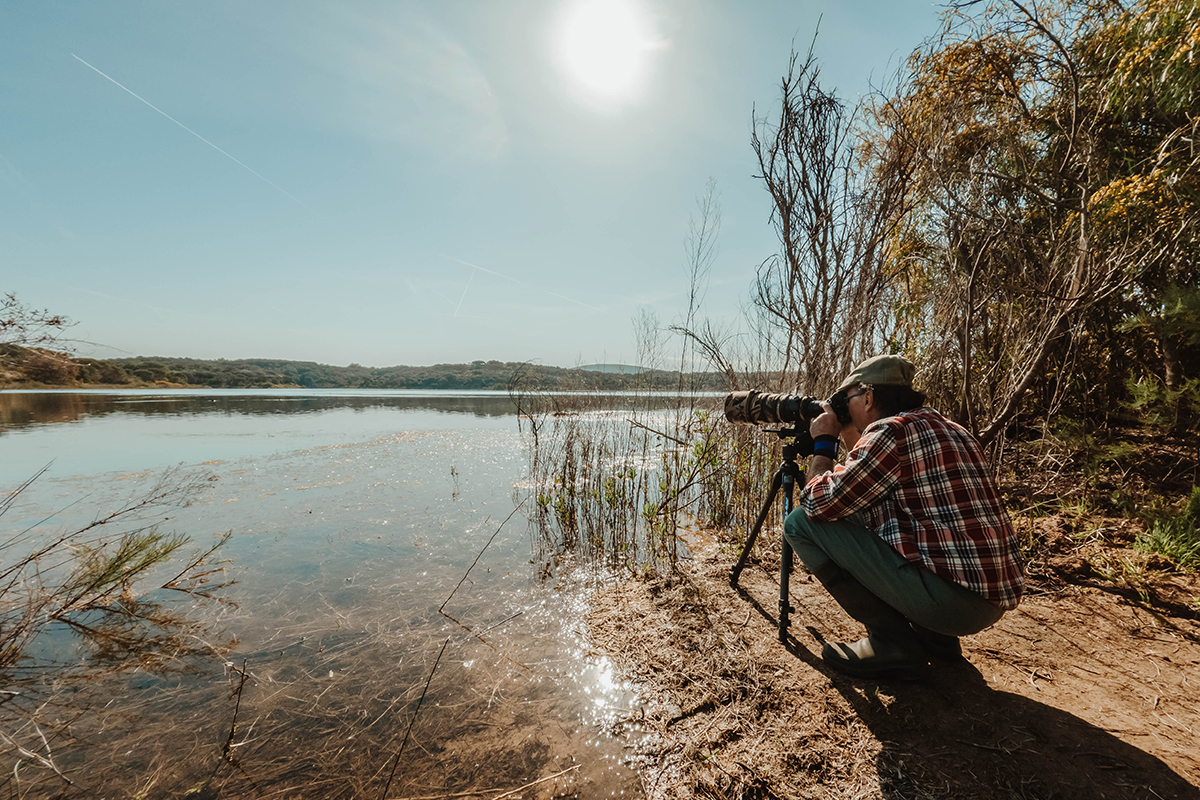
Phototrapping
If your goal is to obtain images with a wider and more set point of view, with minimal disturbance to the subjects, there is nothing better than phototrapping. If you already practice this technique or want to learn it, taking advantage of our knowledge of a number of strategic areas, such as crossing points or food break spots, rarely visited by people, can be of great help.
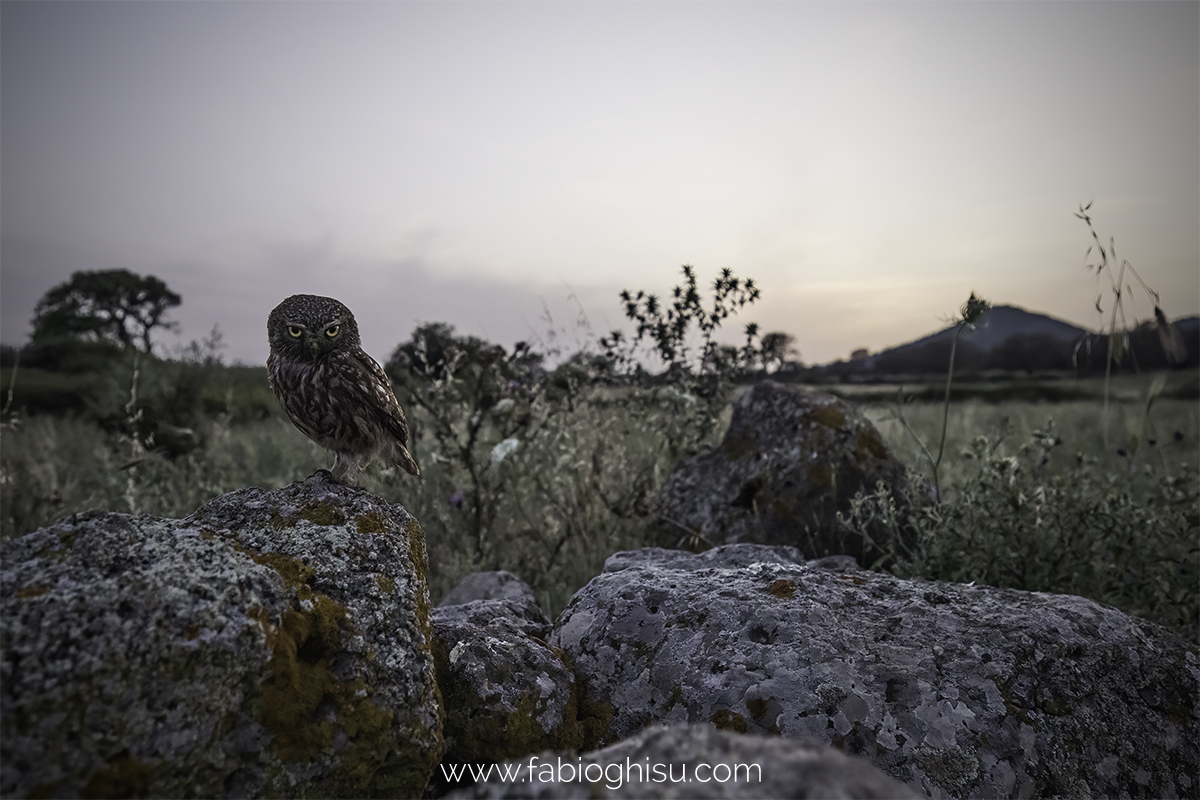
Sessions
Our sessions can take place in the morning, in the afternoon or at night. You can combine multiple sessions per day and over multiple days in a row. If you want to try an immersive experience in the wild nature of Sardinia, we are ready to plan with you several days in the various environments we offer! Contact us by email by clicking here!
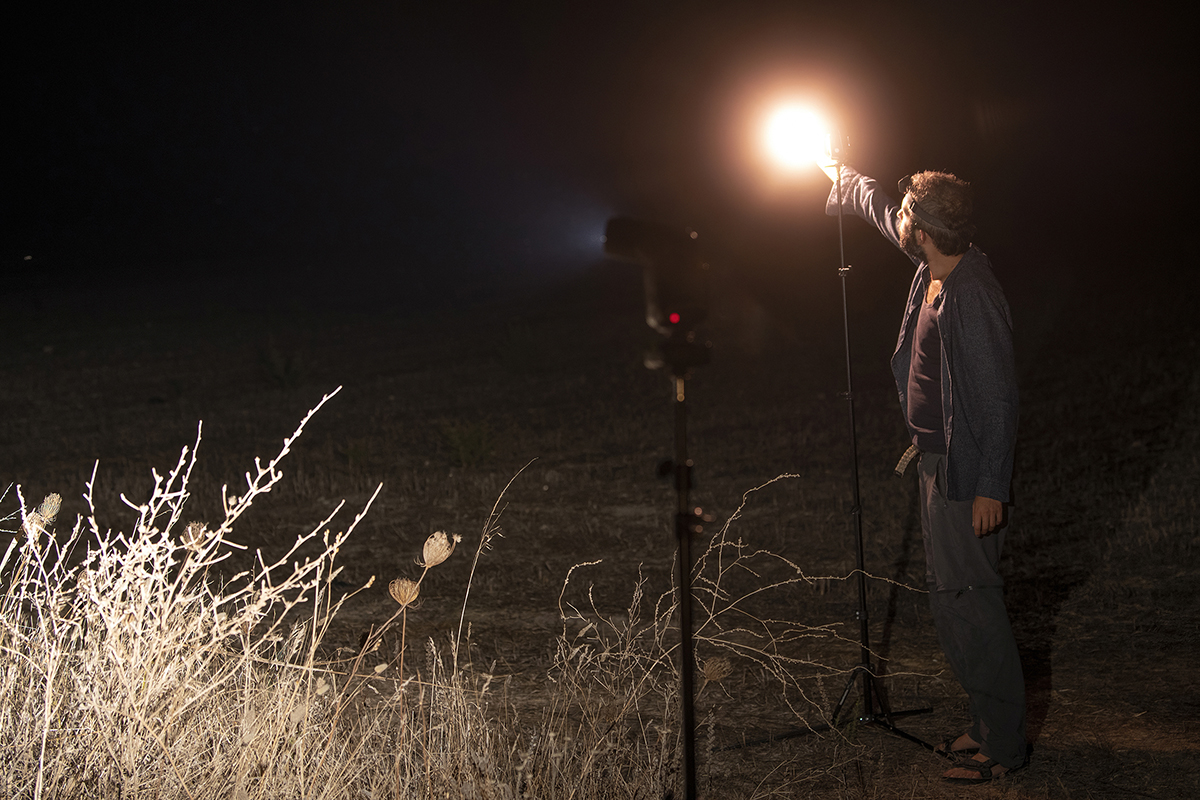
Not just birdwatching
Not just avifauna, during our workshops you can in fact meet a number of mammals, such as the hare, the fox, the weasel or the marten, and reptiles, such as marsh or land turtles.
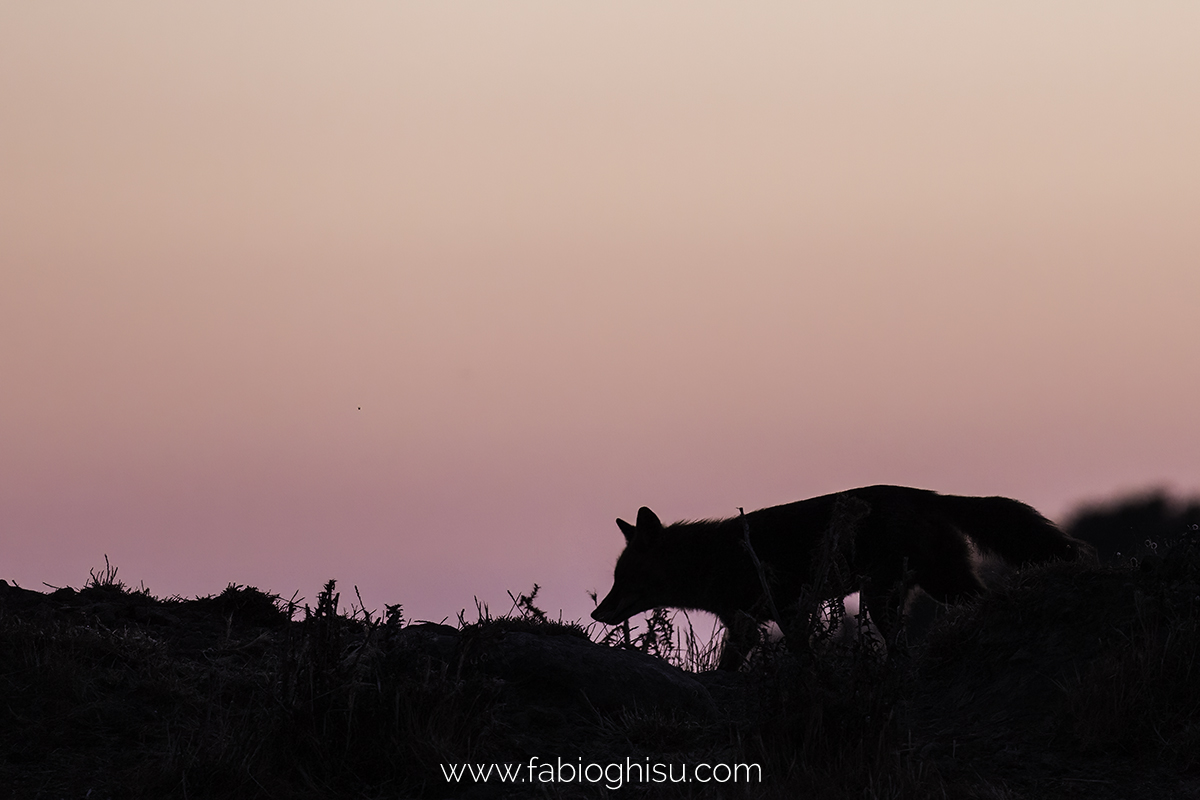
And if you are interested in microfauna, such as amphibians (speleomantes, Sardinian tree frog, frogs...), insects (butterflies, dragonflies, grasshoppers, ...), other small animals or the Mediterranean flora, we also offer macrophotography workshops, both individual (on request) and group (see program).
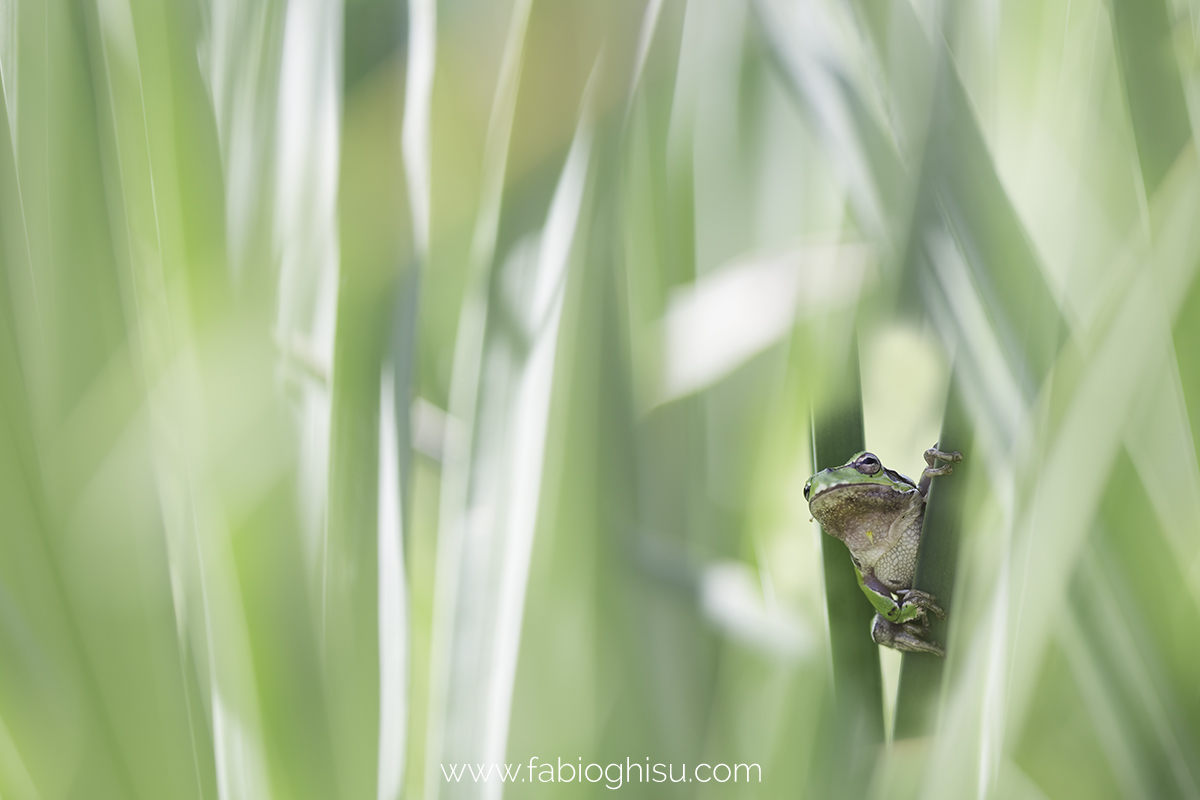
And for landscape photographers there is no shortage of opportunities to visit caves, waterfalls, canyons, hidden coves, monumental oaks... in a truly unique context.
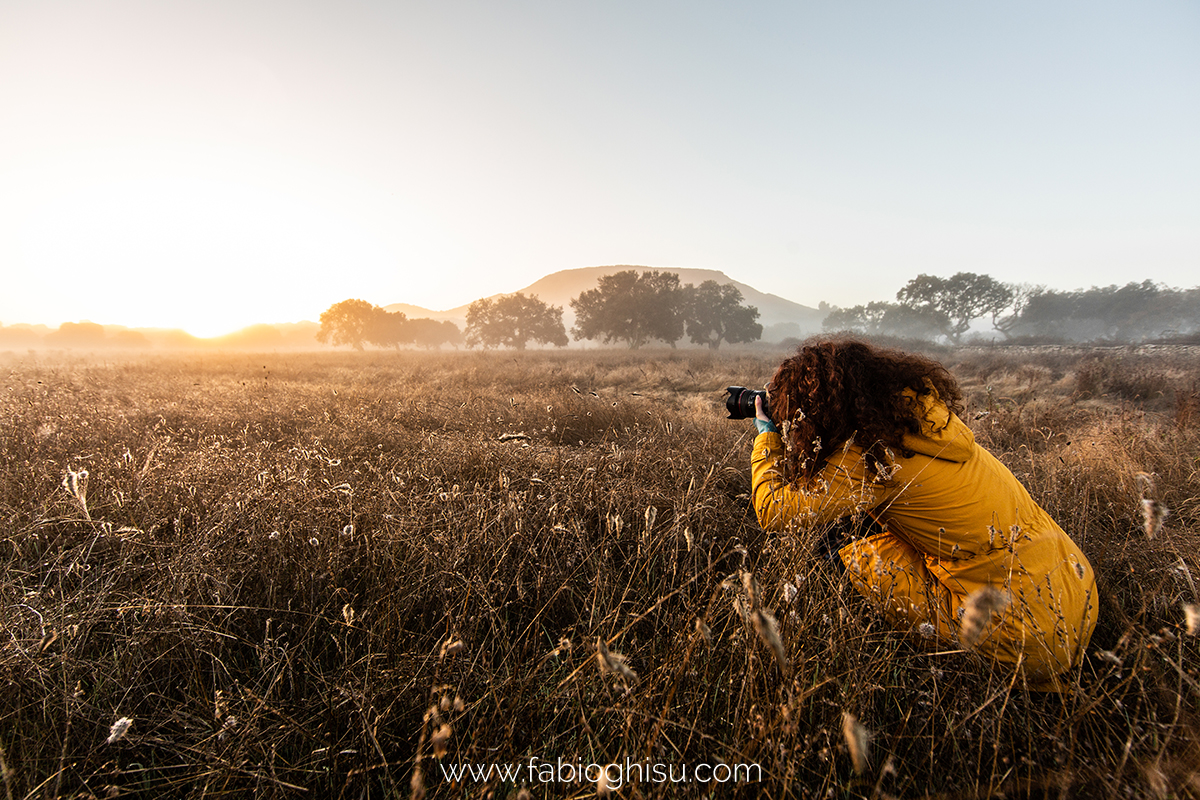
Rates and reservations
Contact us now by email to receive a program and a quote based on your requests, click here!
More photos taken during our workshops
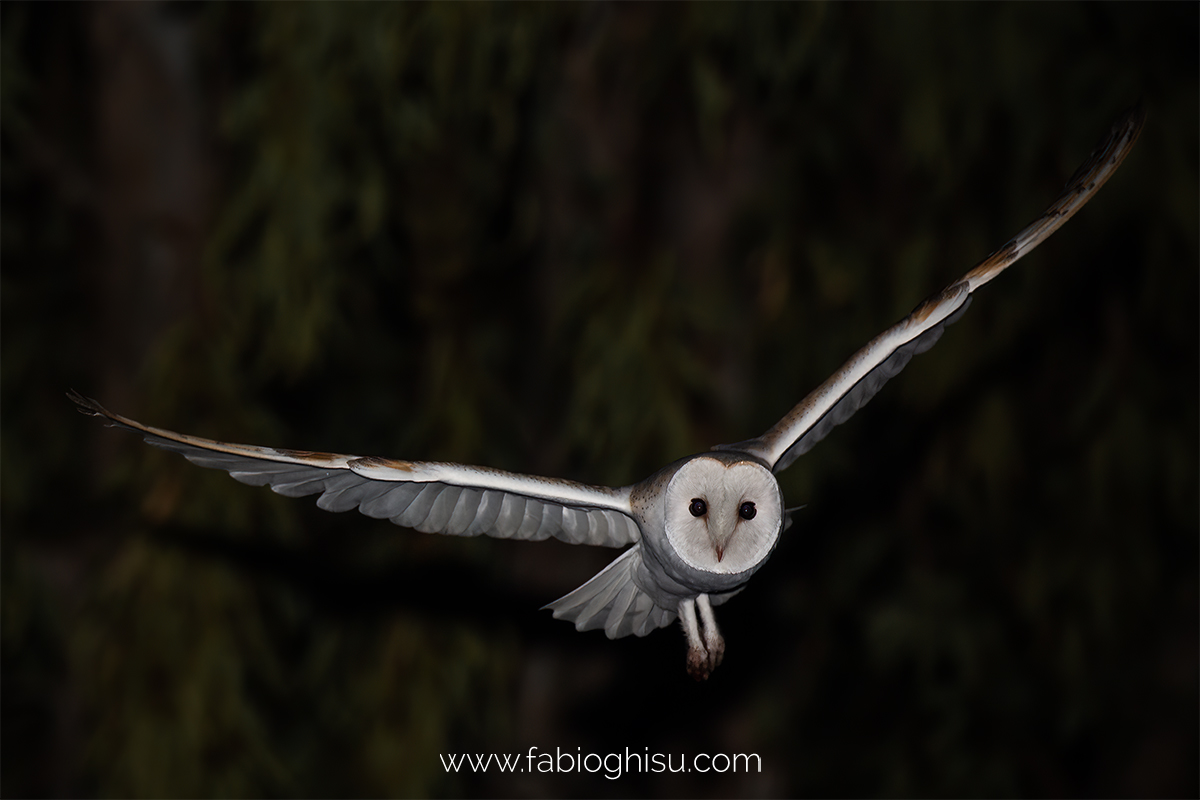 Sardinian barn owl (Tyto alba ernesti)
Sardinian barn owl (Tyto alba ernesti)

Sardinian goshawk (Accipiter gentilis arrigonii)
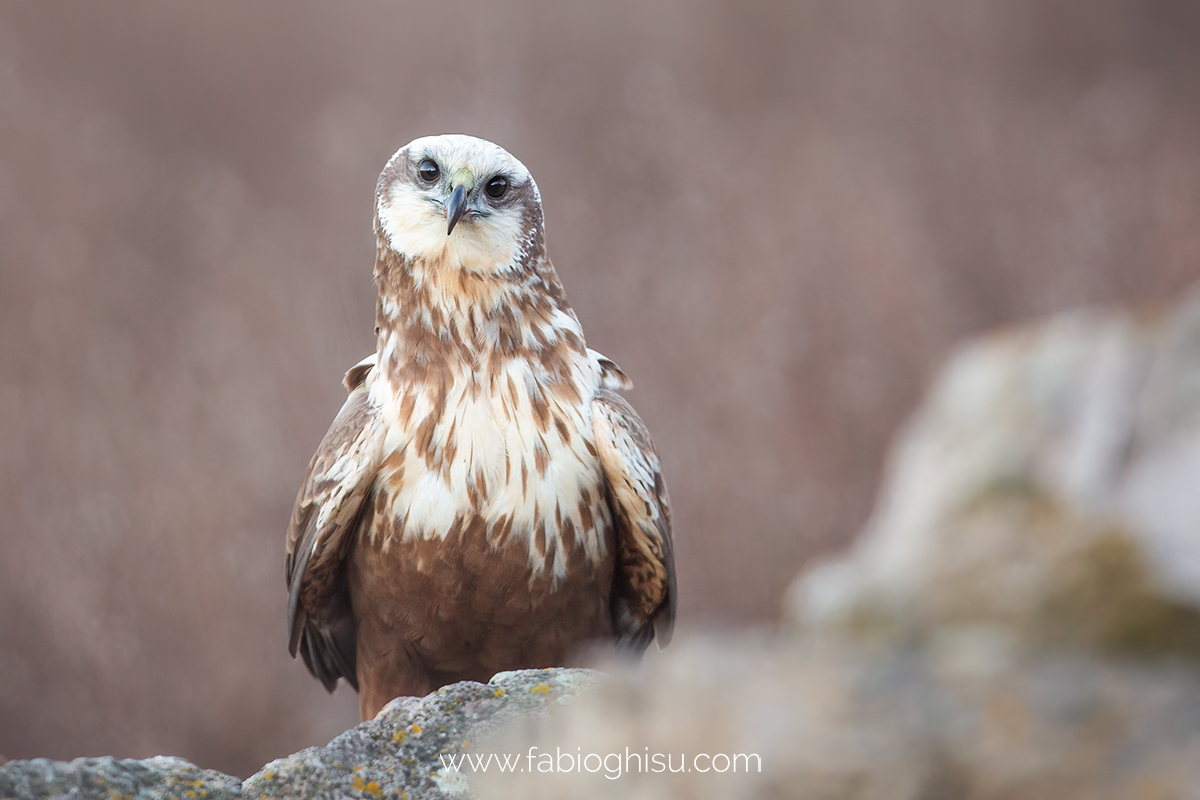
Marsh harrier (Circus aeruginosus)
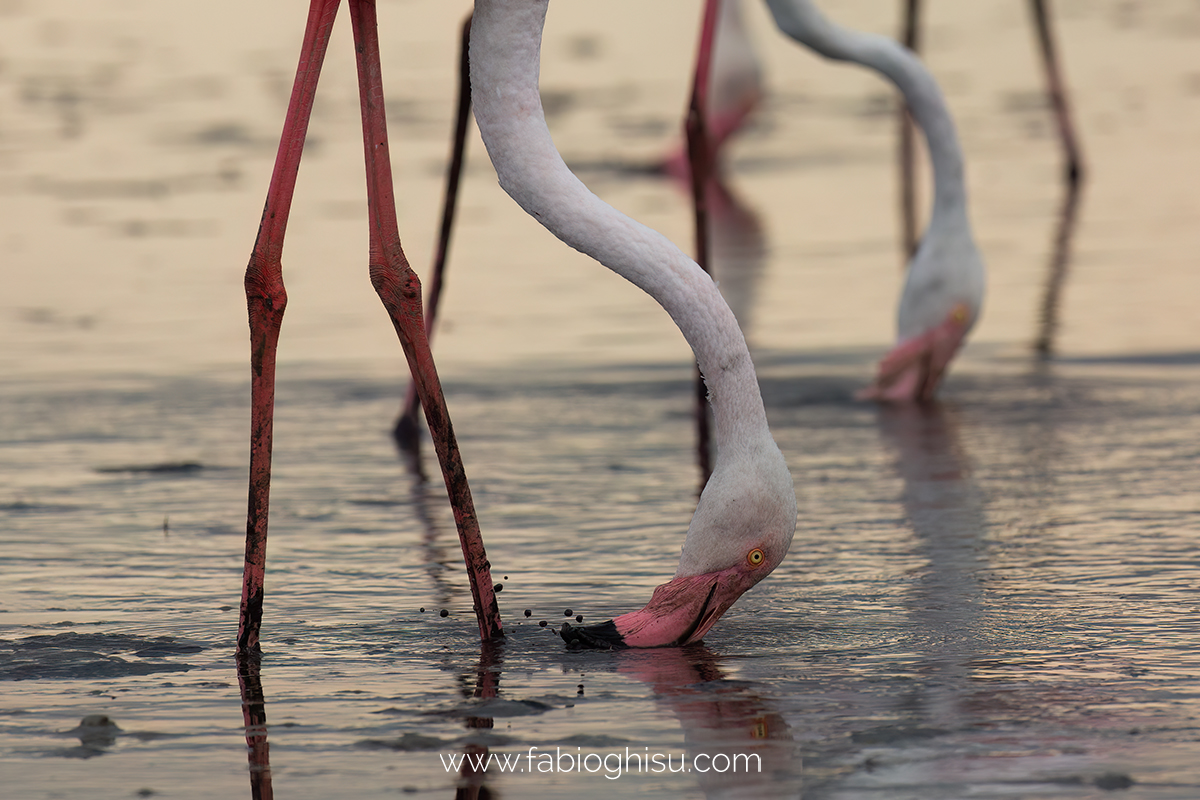
Greater flamingo (Phoenicopterus roseus)
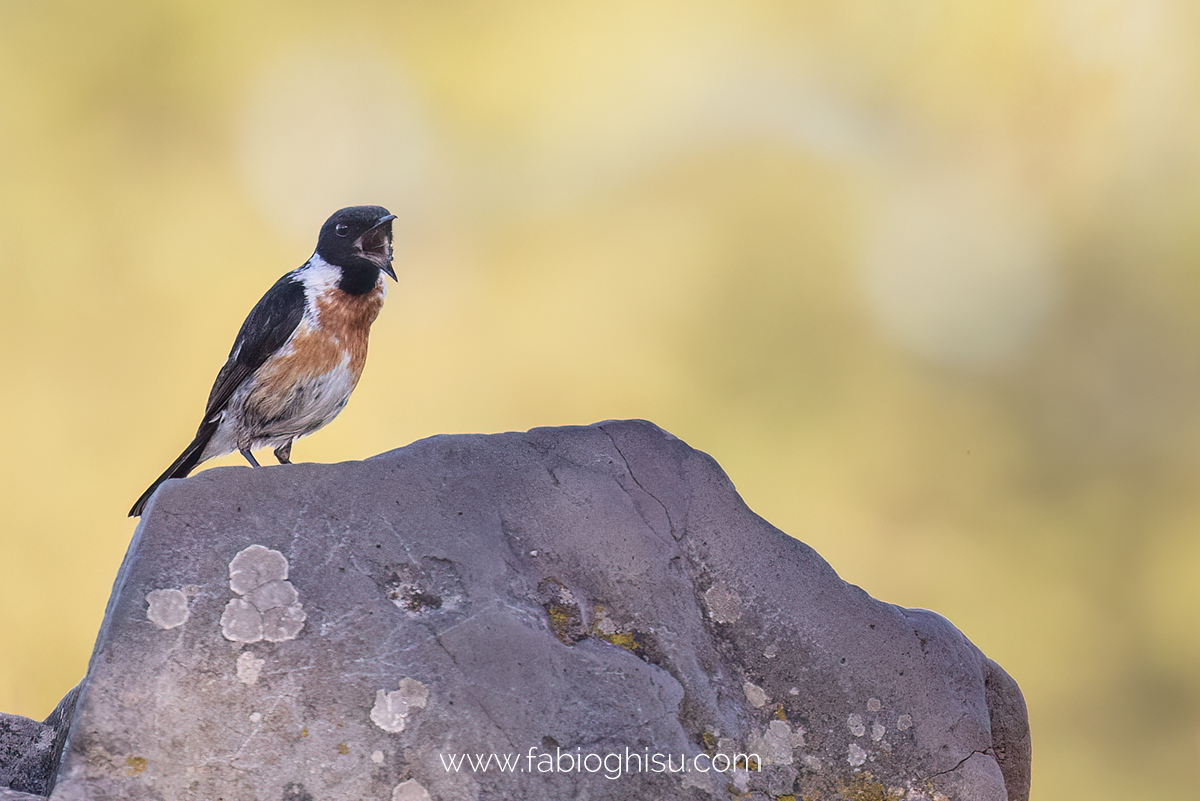
Stonechat (Saxicola torquatus)
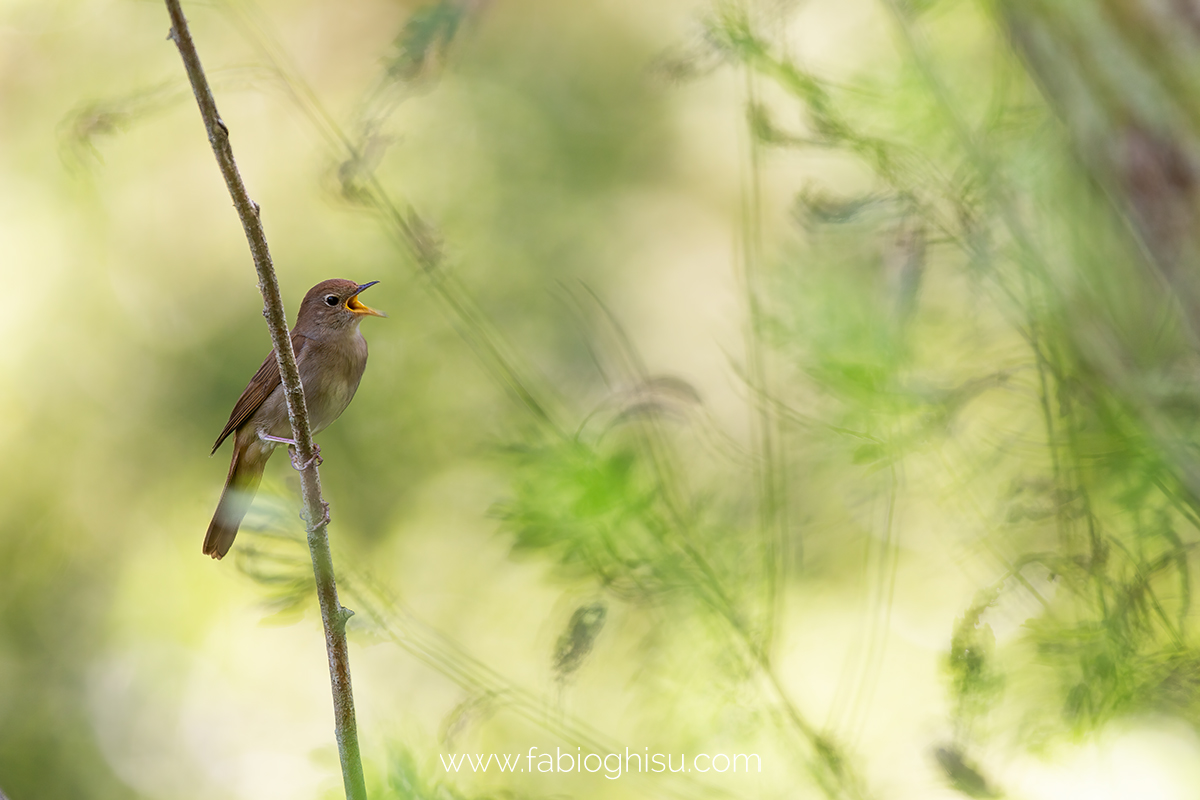
Nightingale (Luscinia megarhynchos)
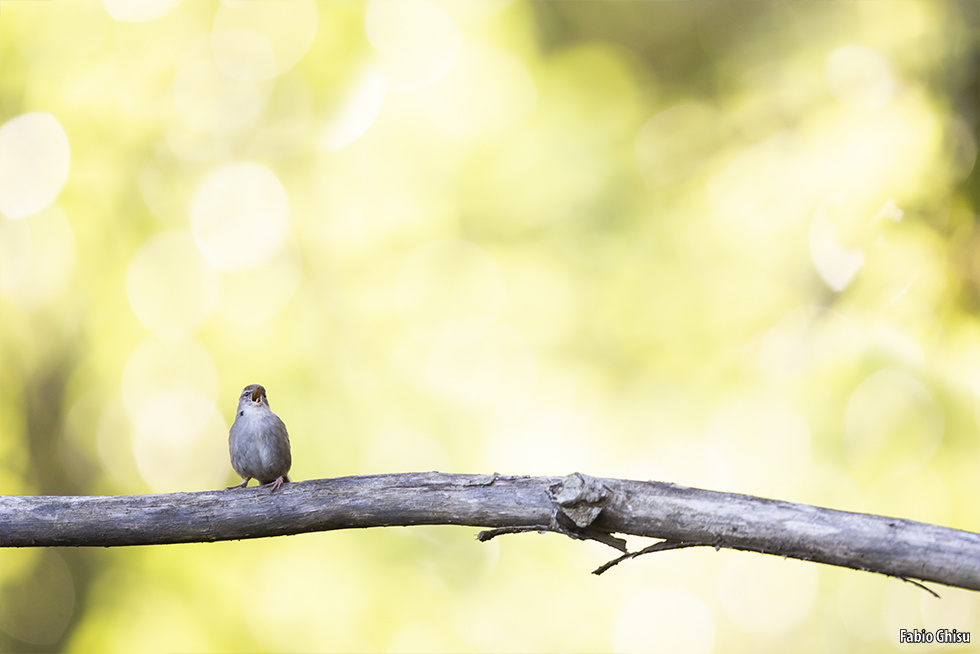
Cetti's warbler (Cettia cetti)
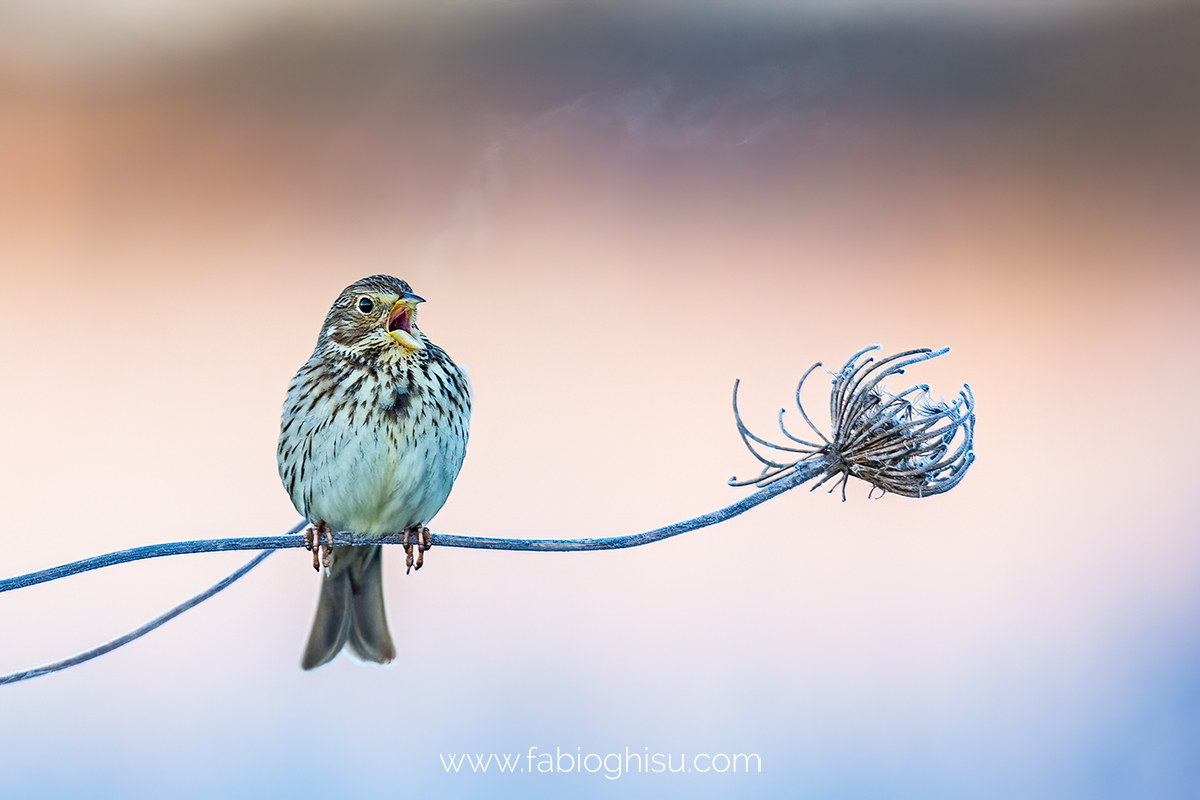
Corn bunting (Emberiza calandra)
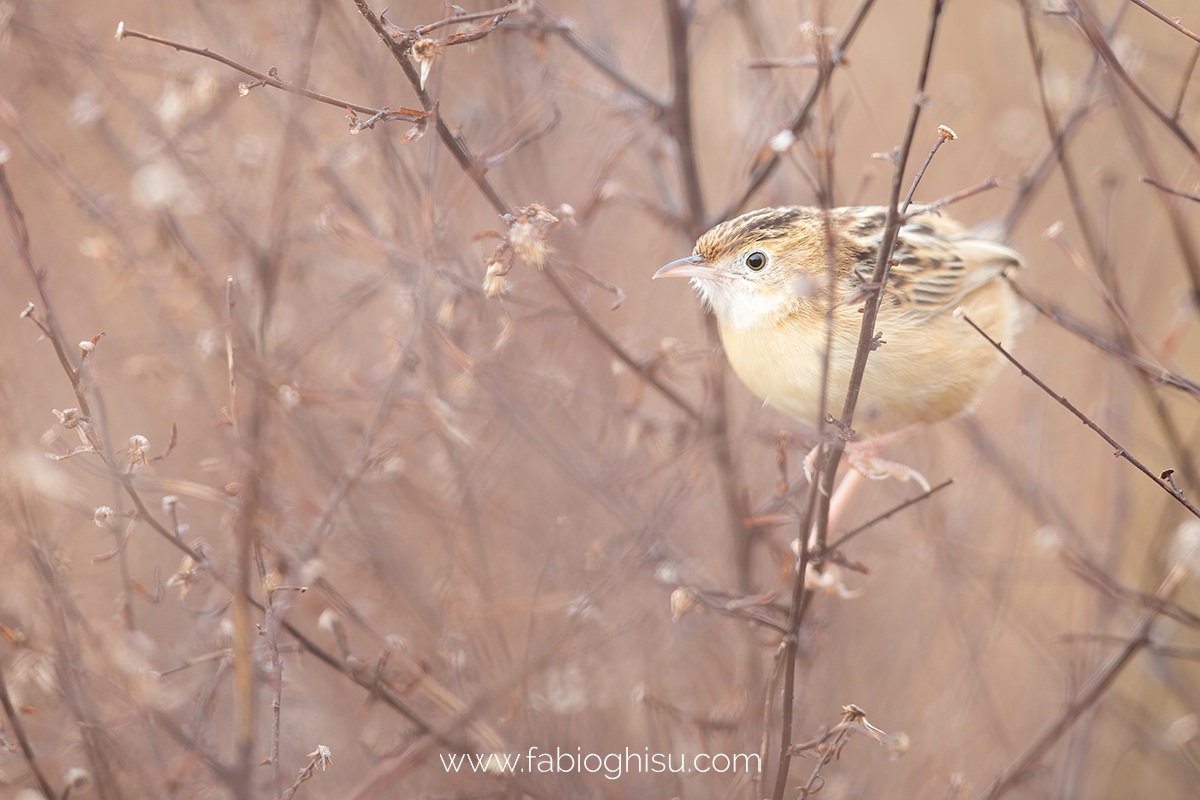
Zitting cisticola (Cisticola juncidis)
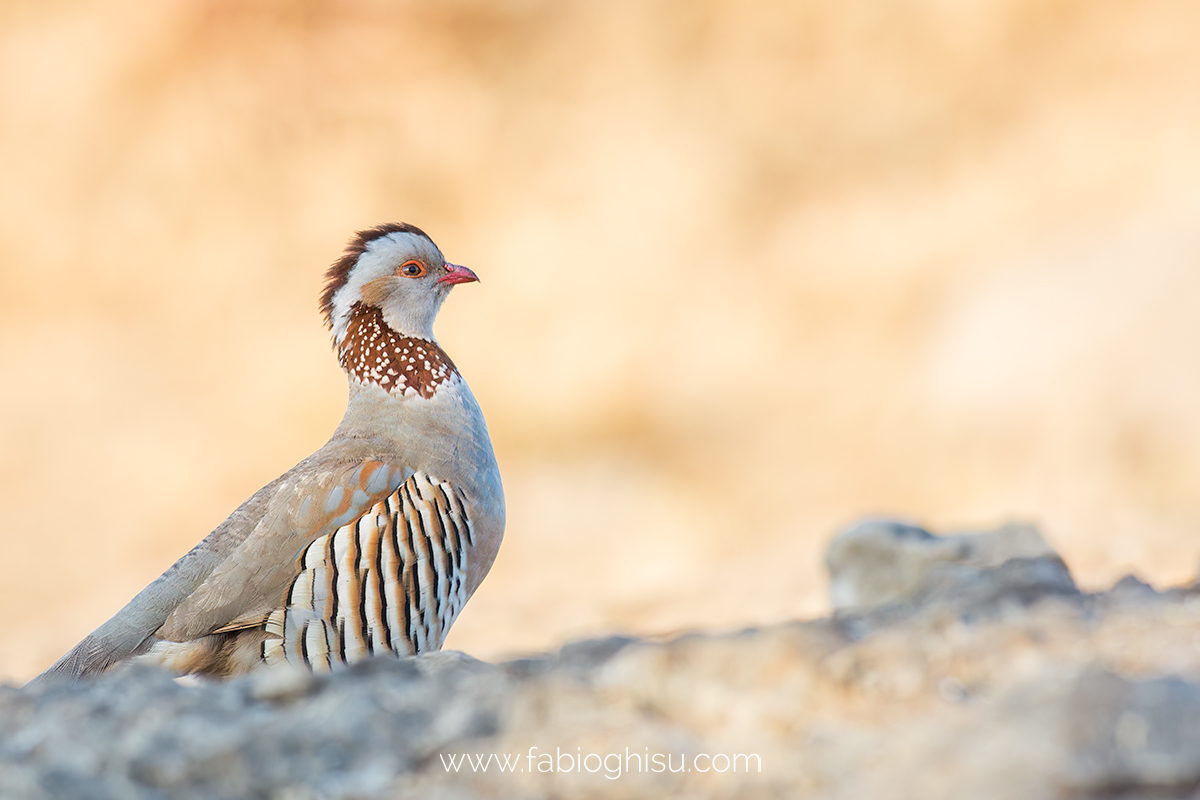
Barbary partridge (Alectoris barbara)
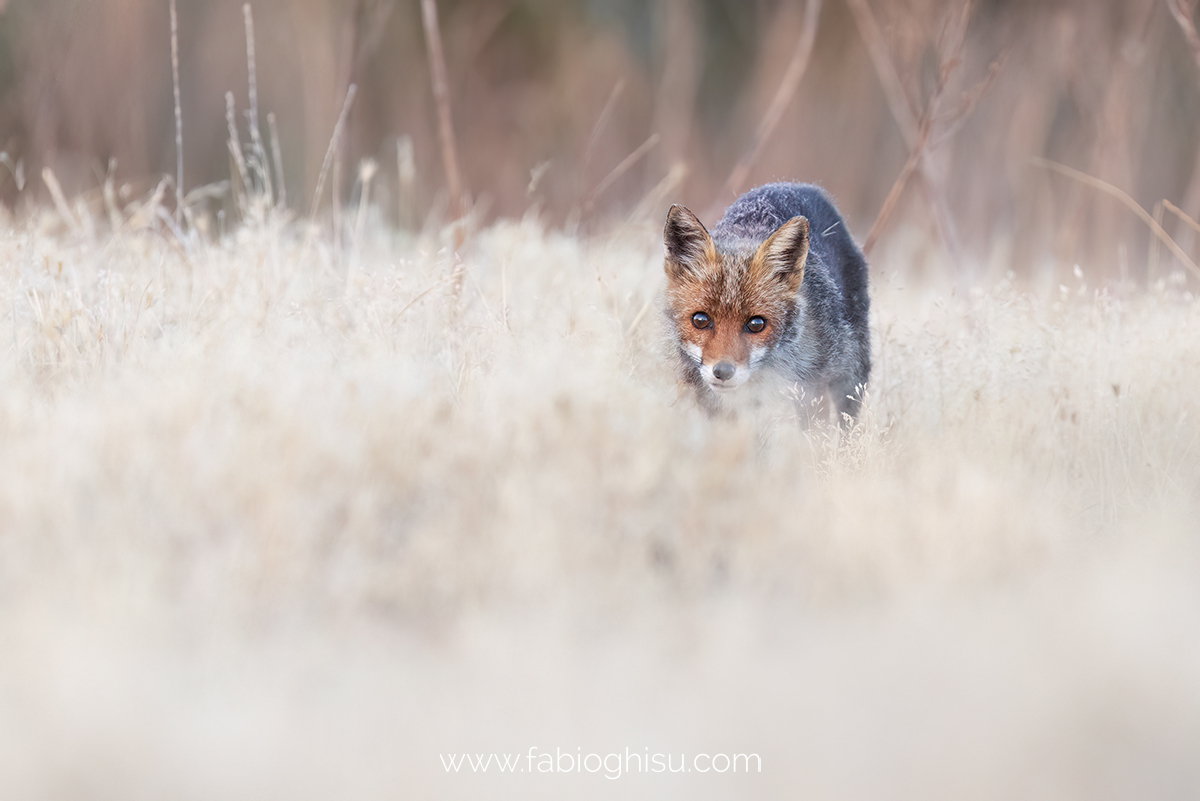
Sardinian fox (Vulpes vulpes ichnusae)
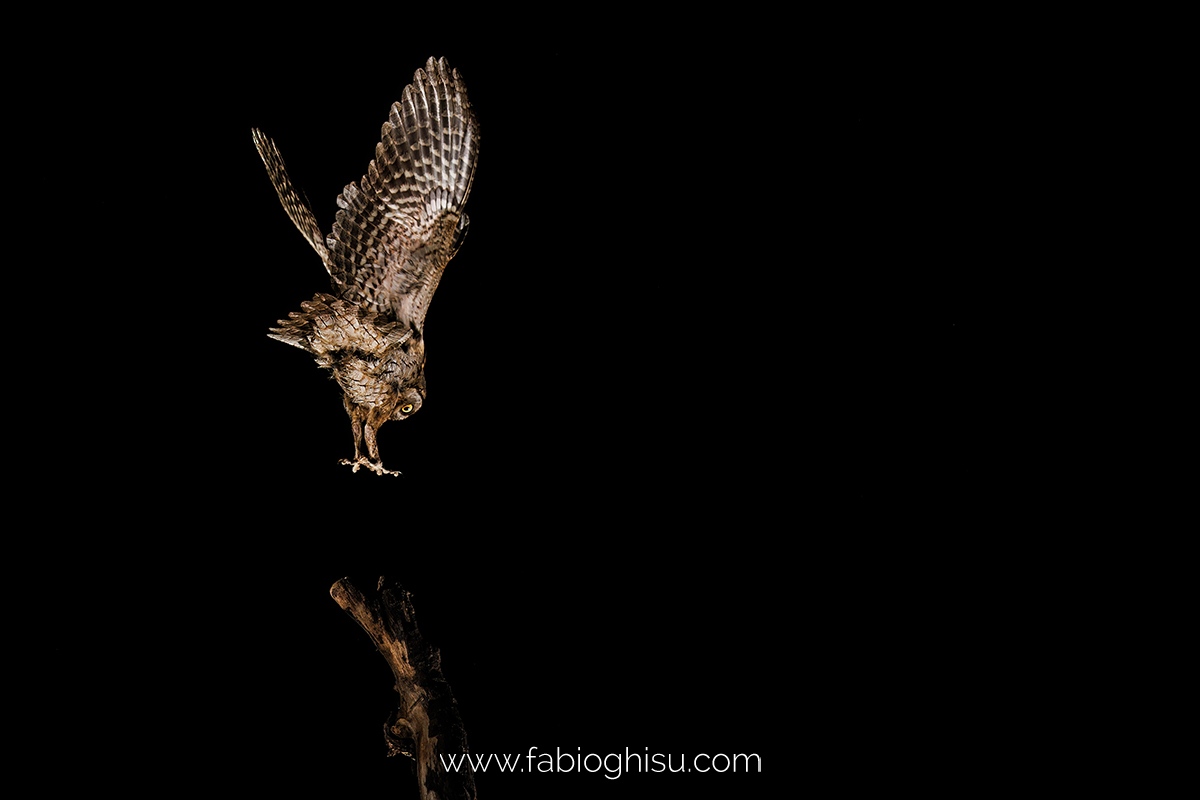 Scops owl (Otus scops)
Scops owl (Otus scops)